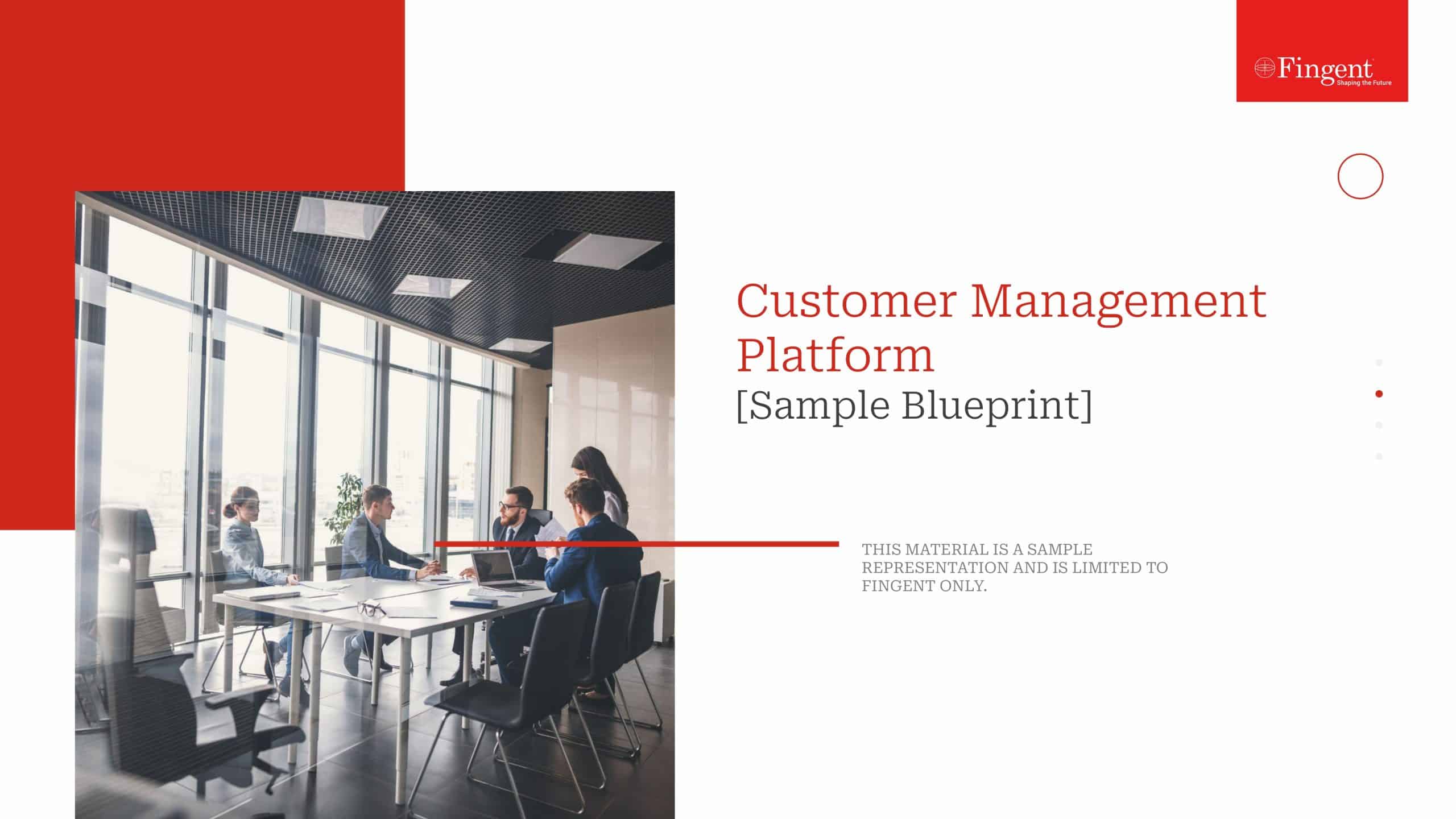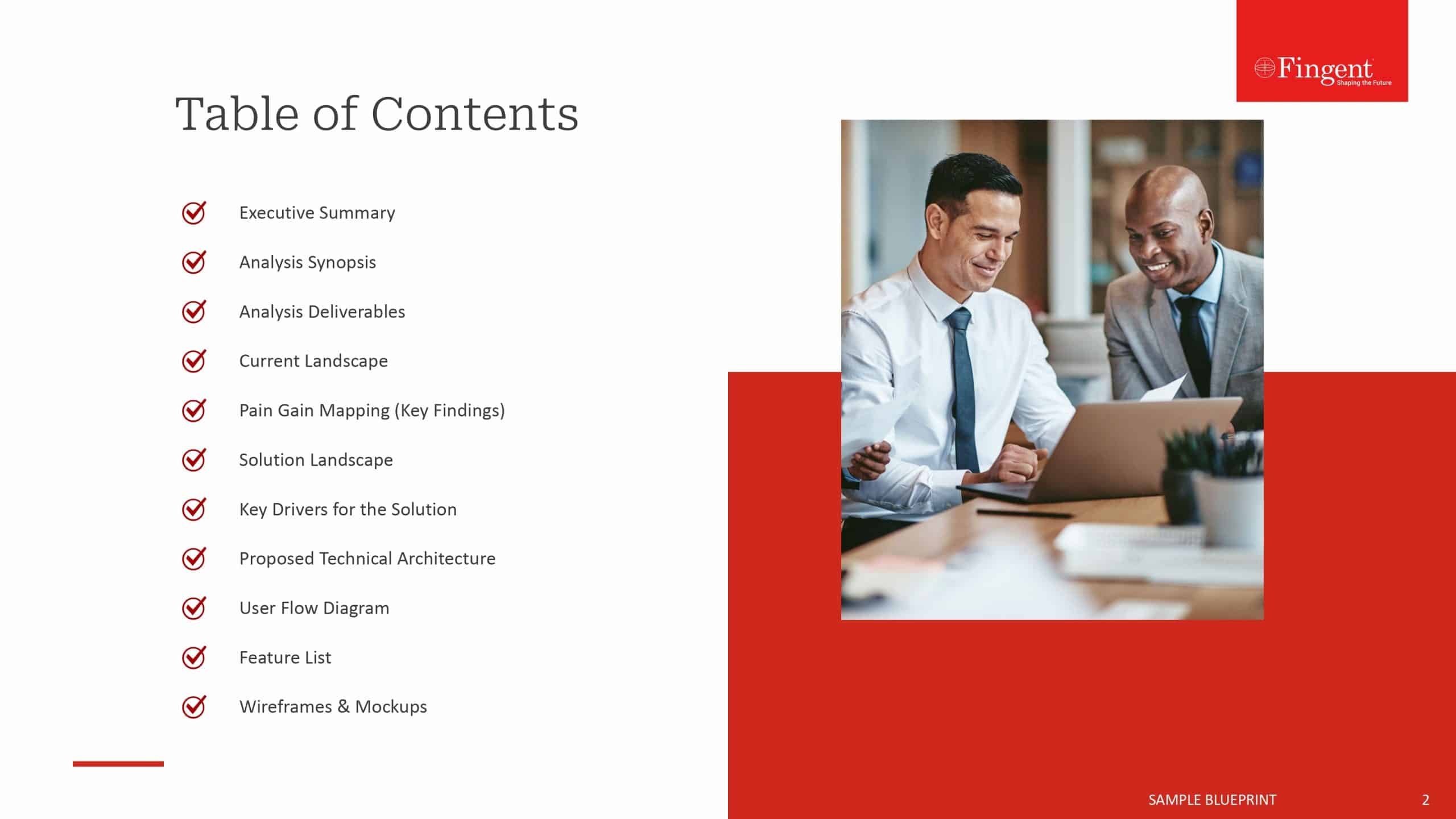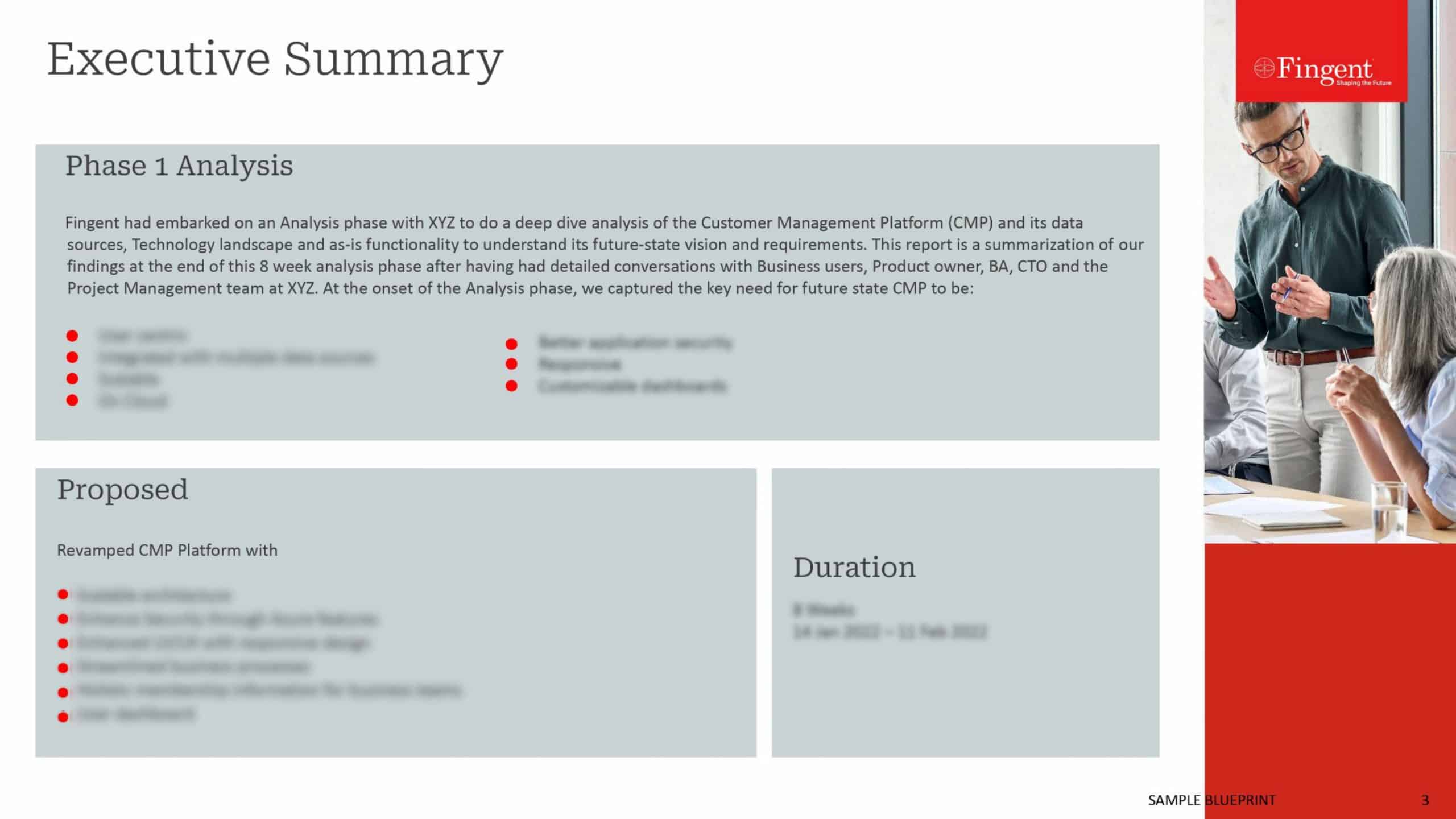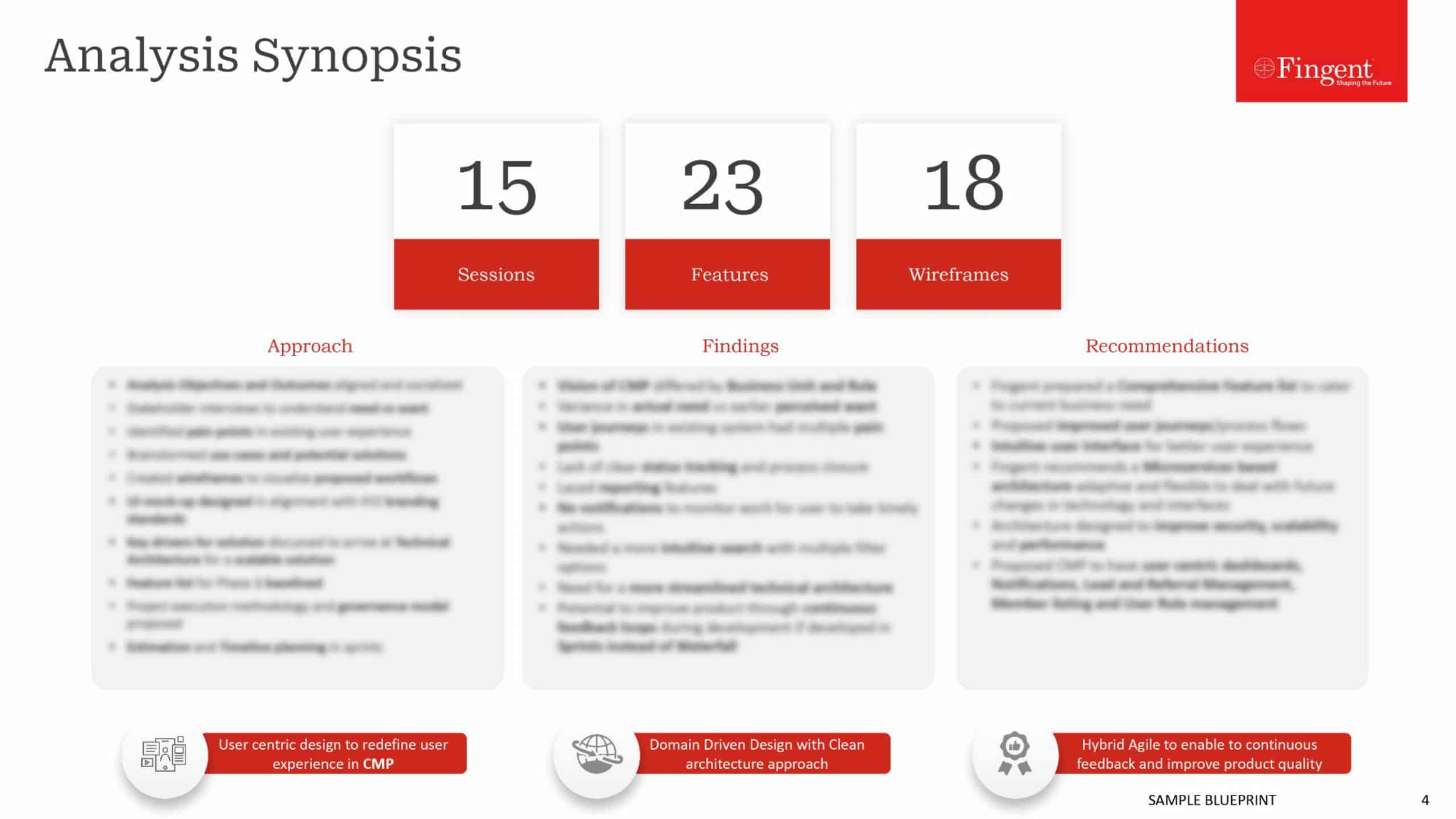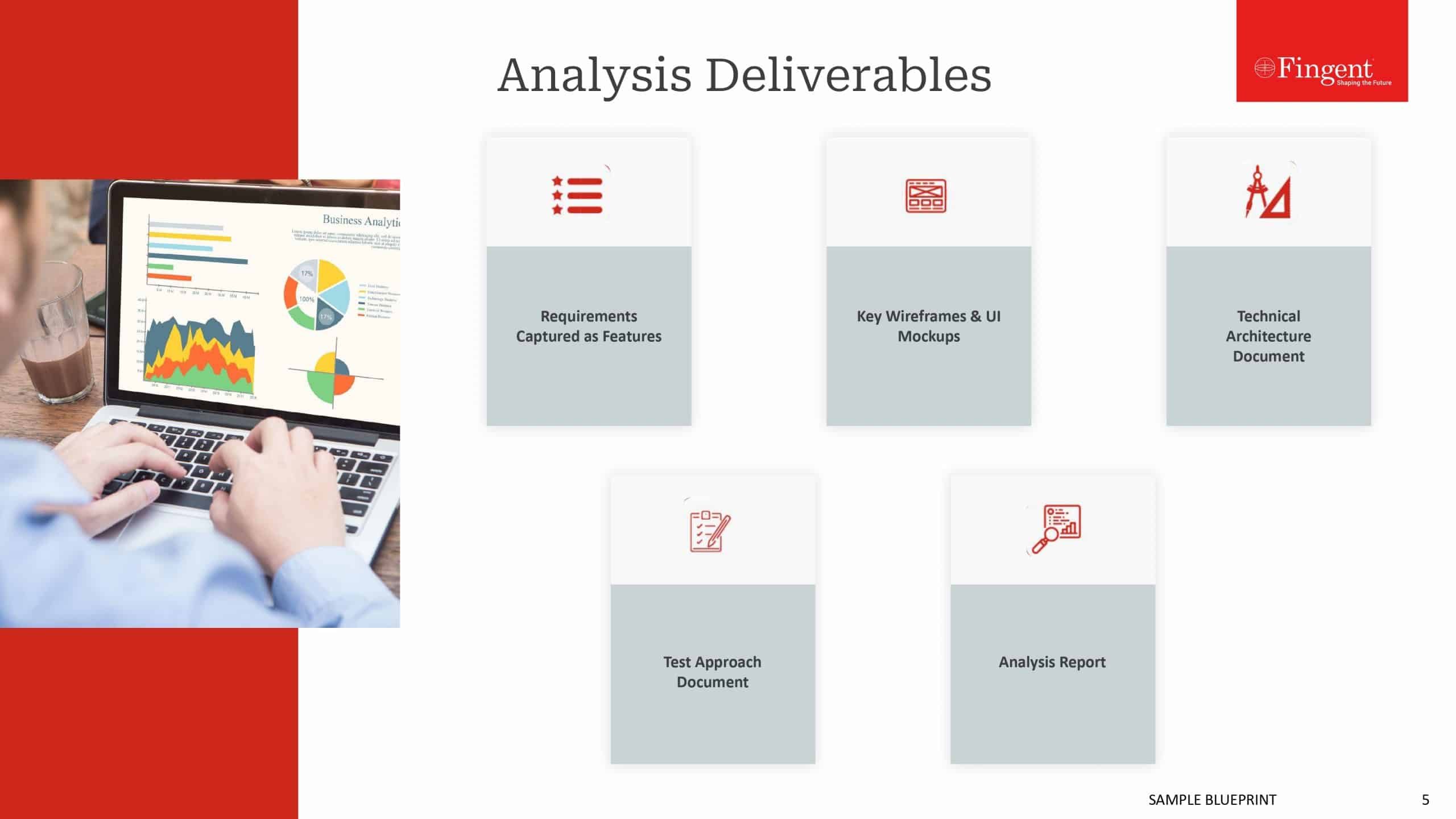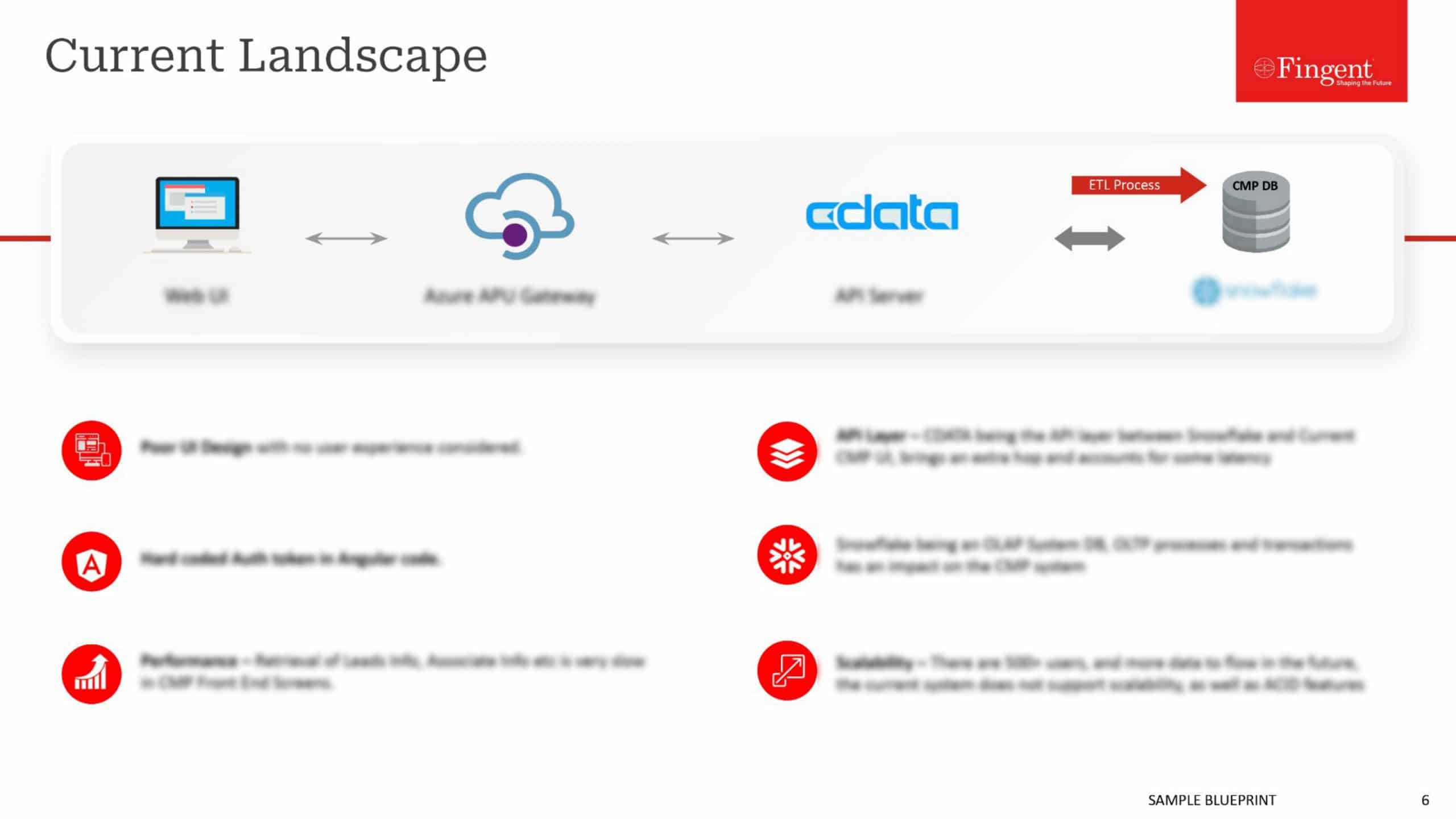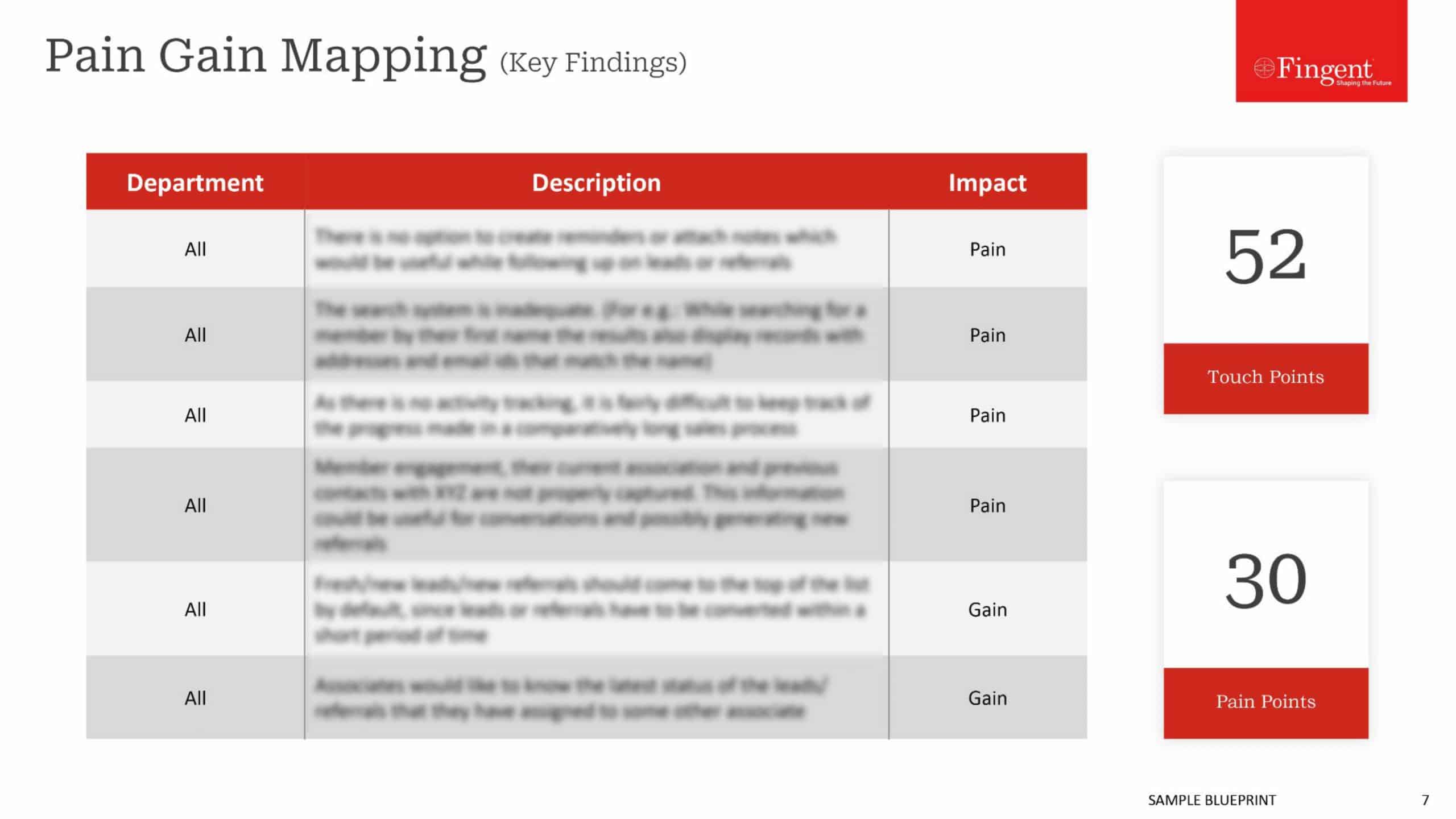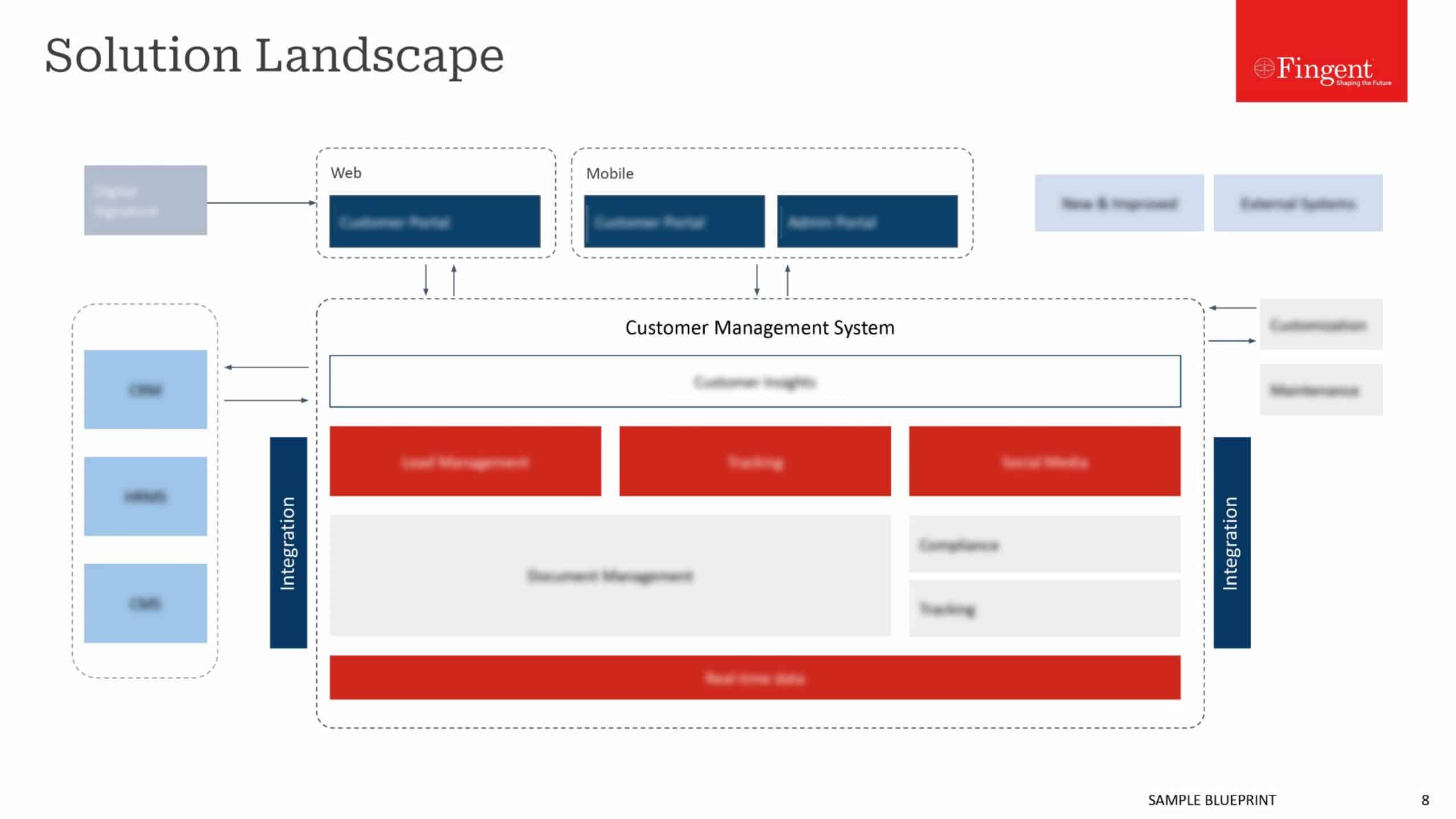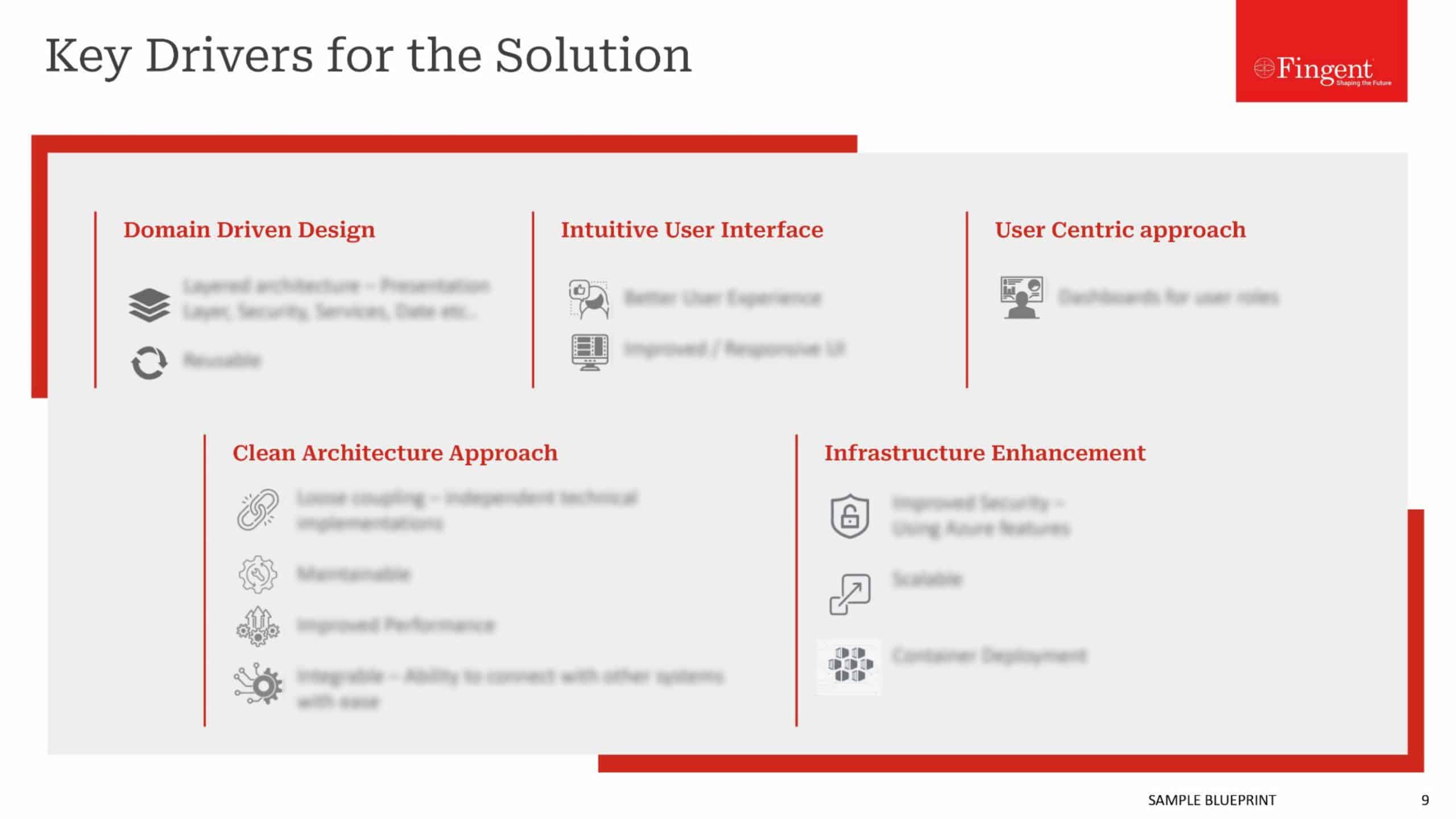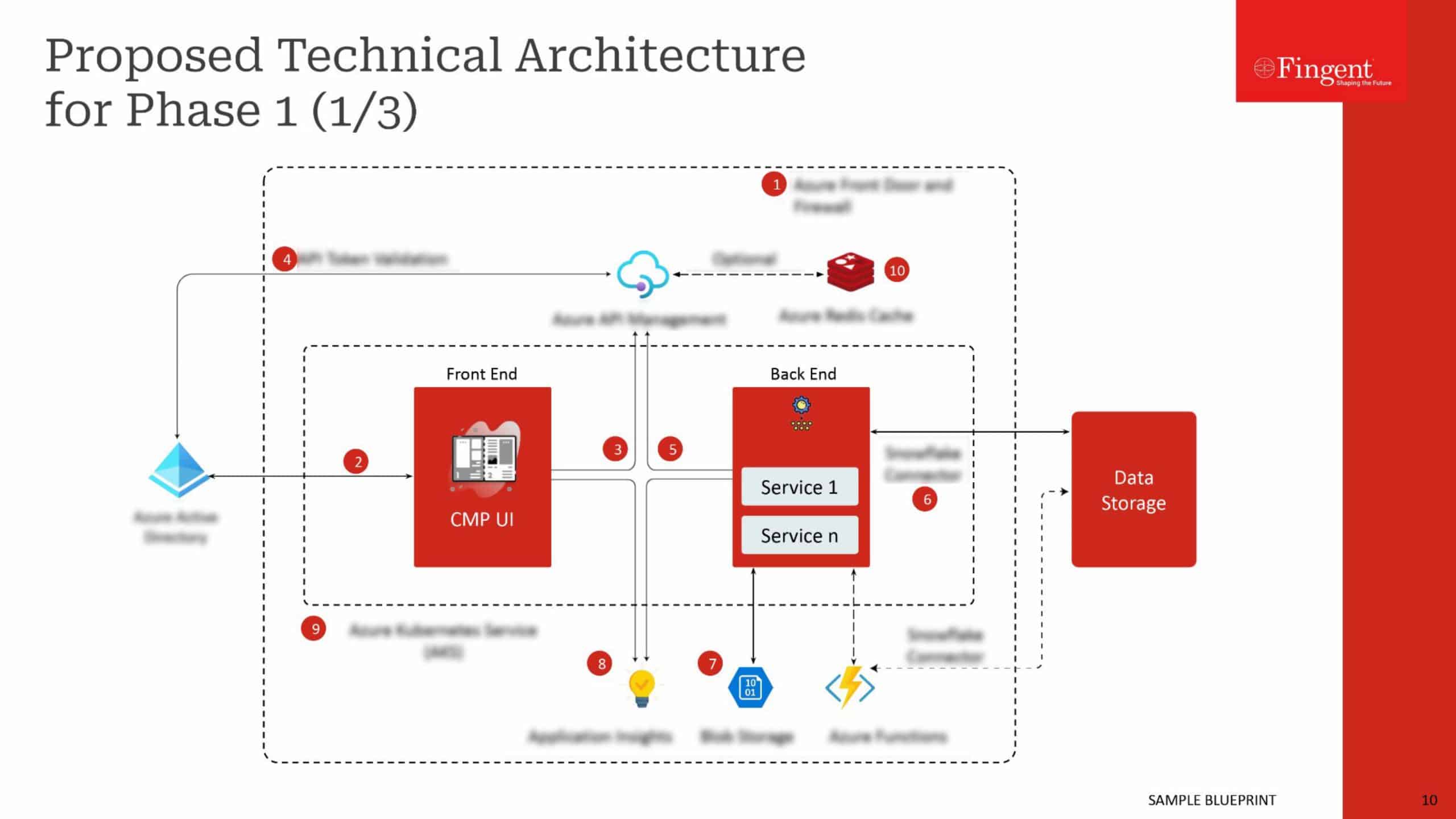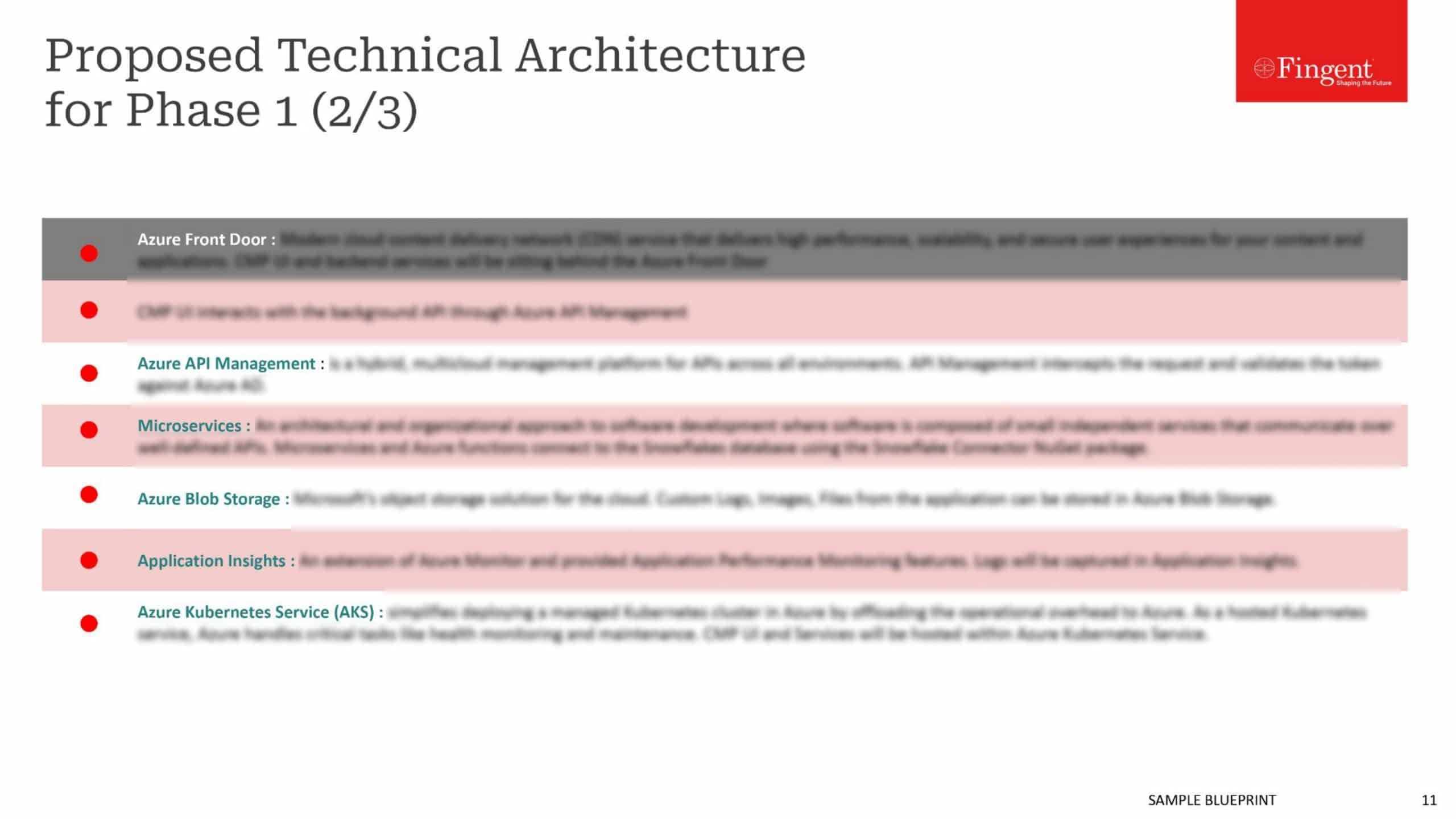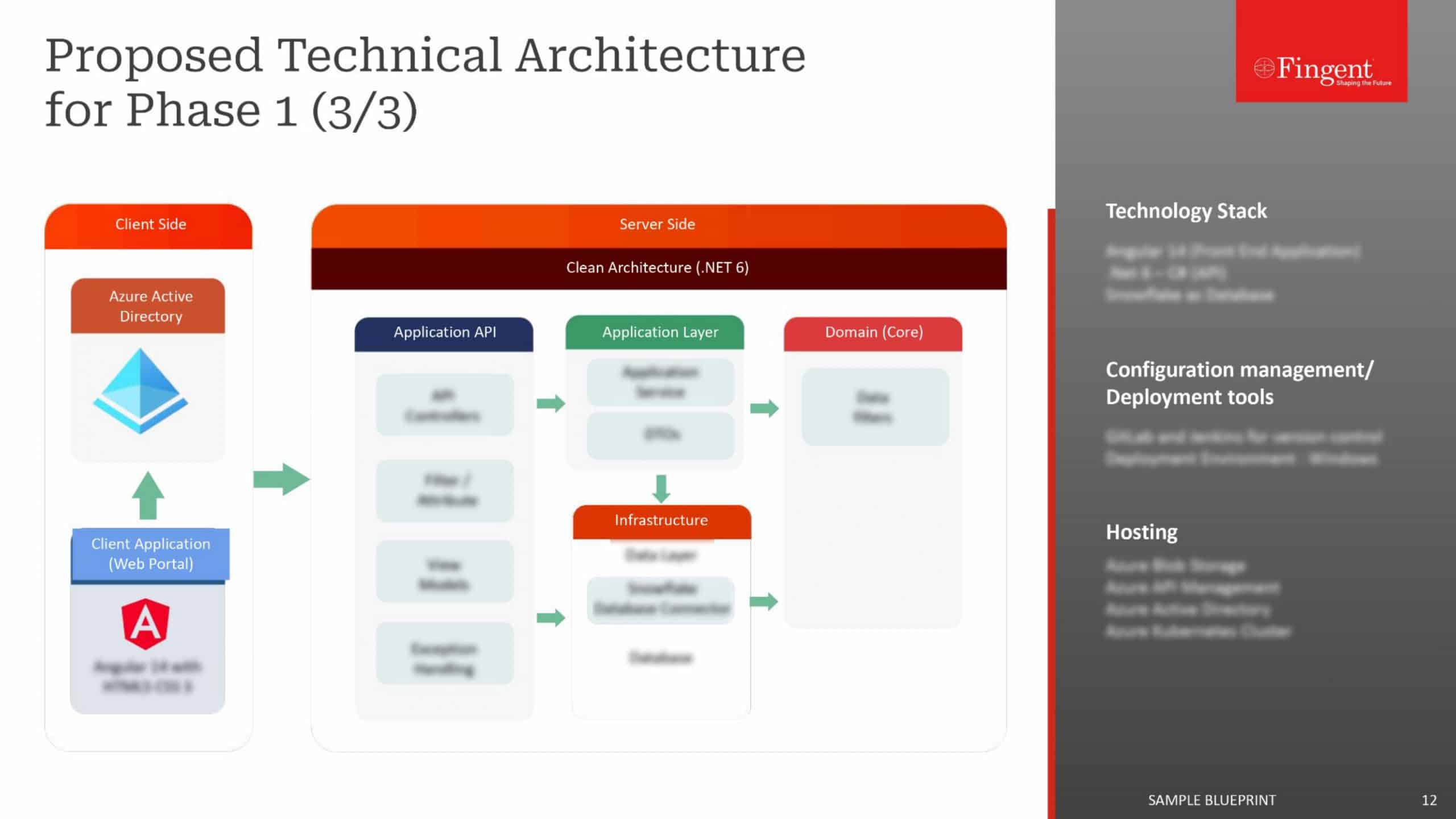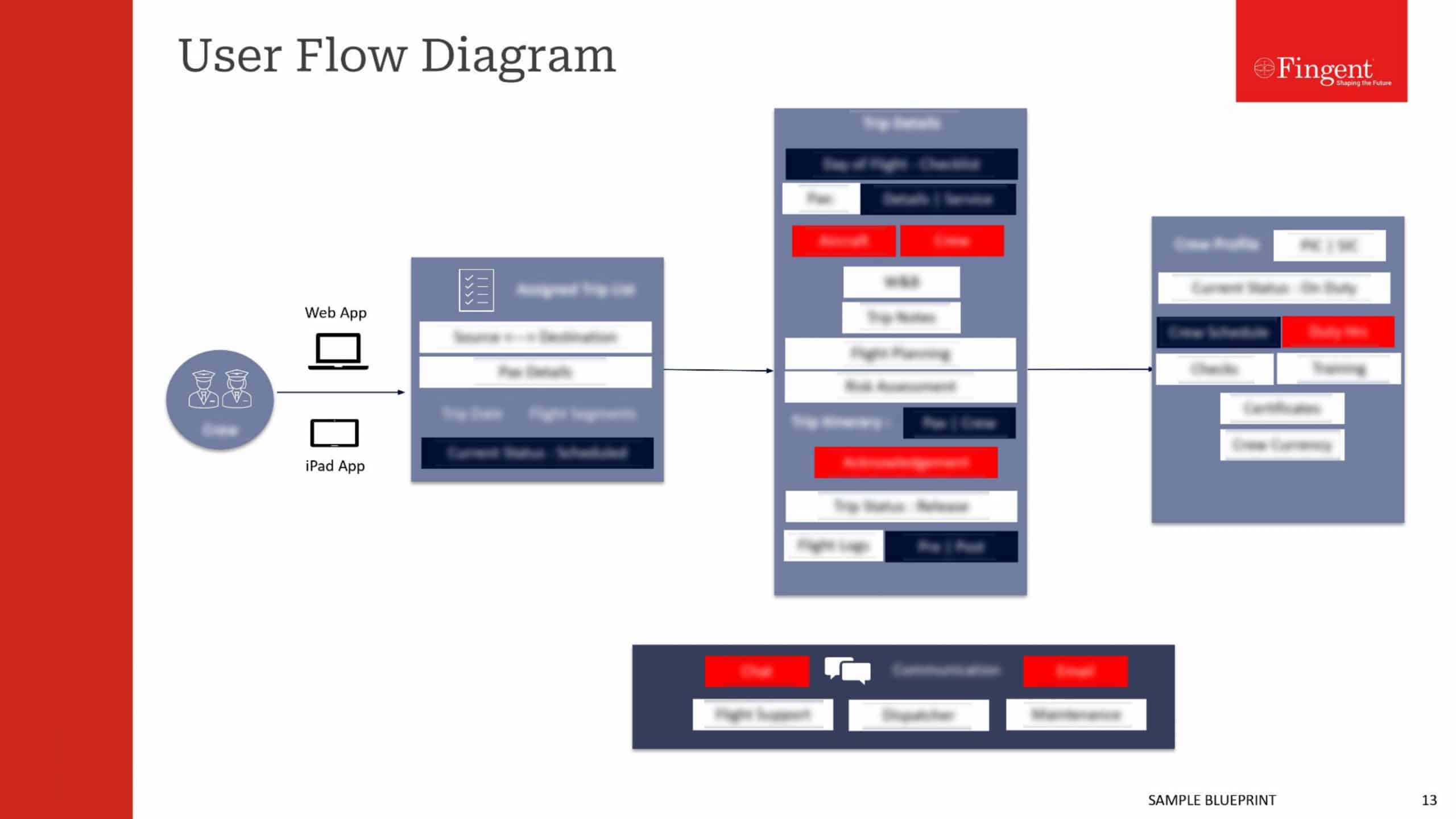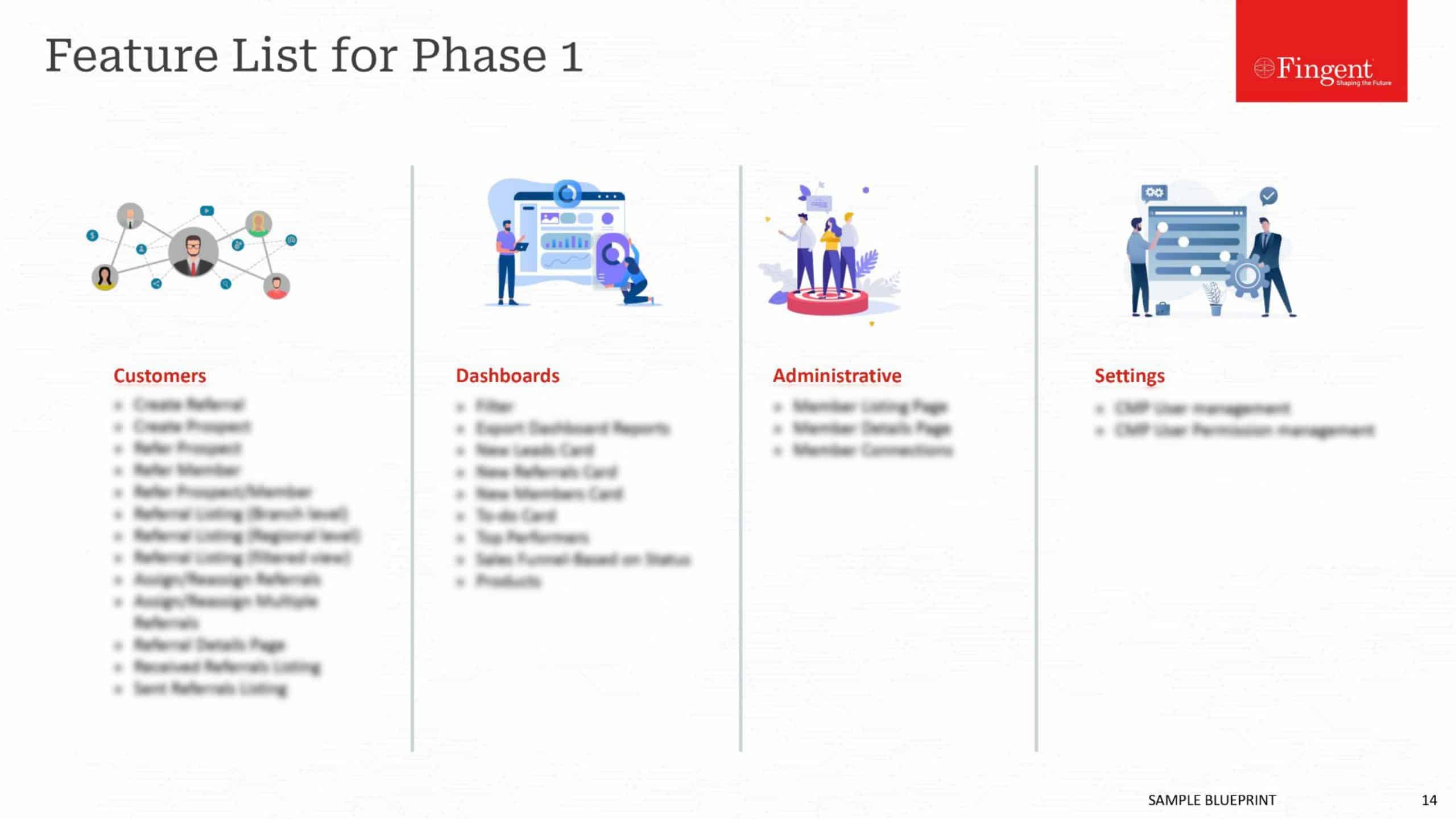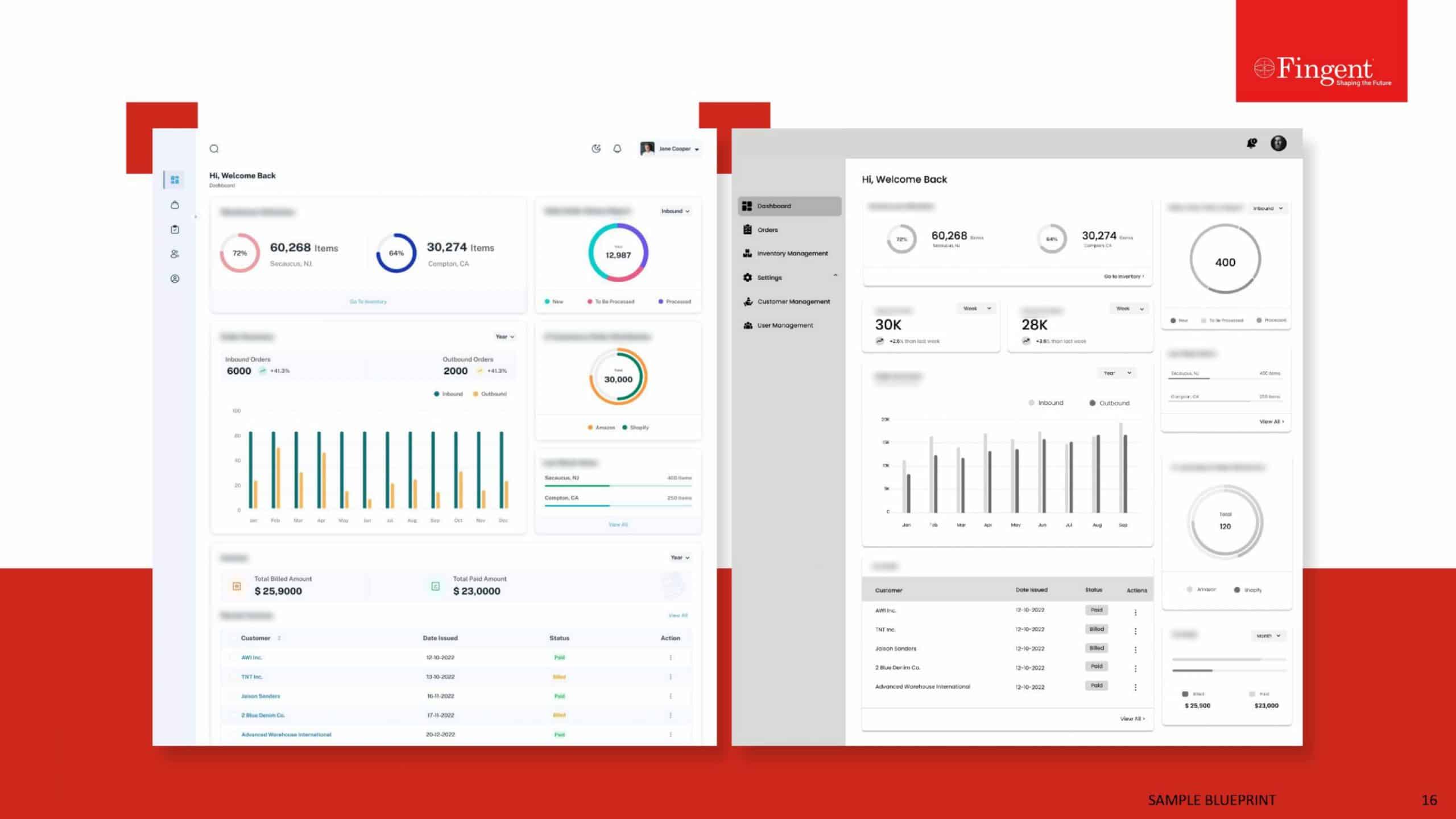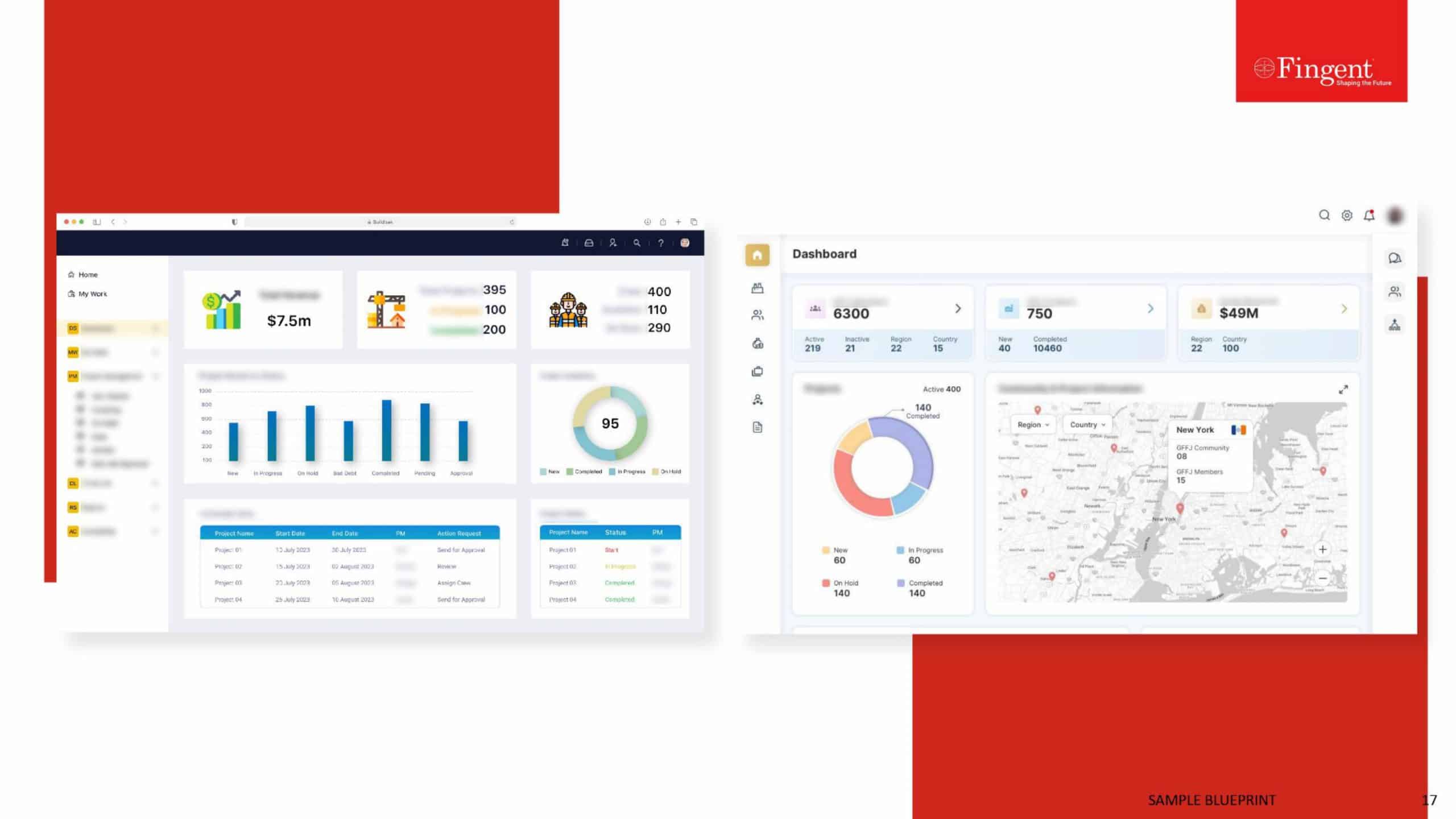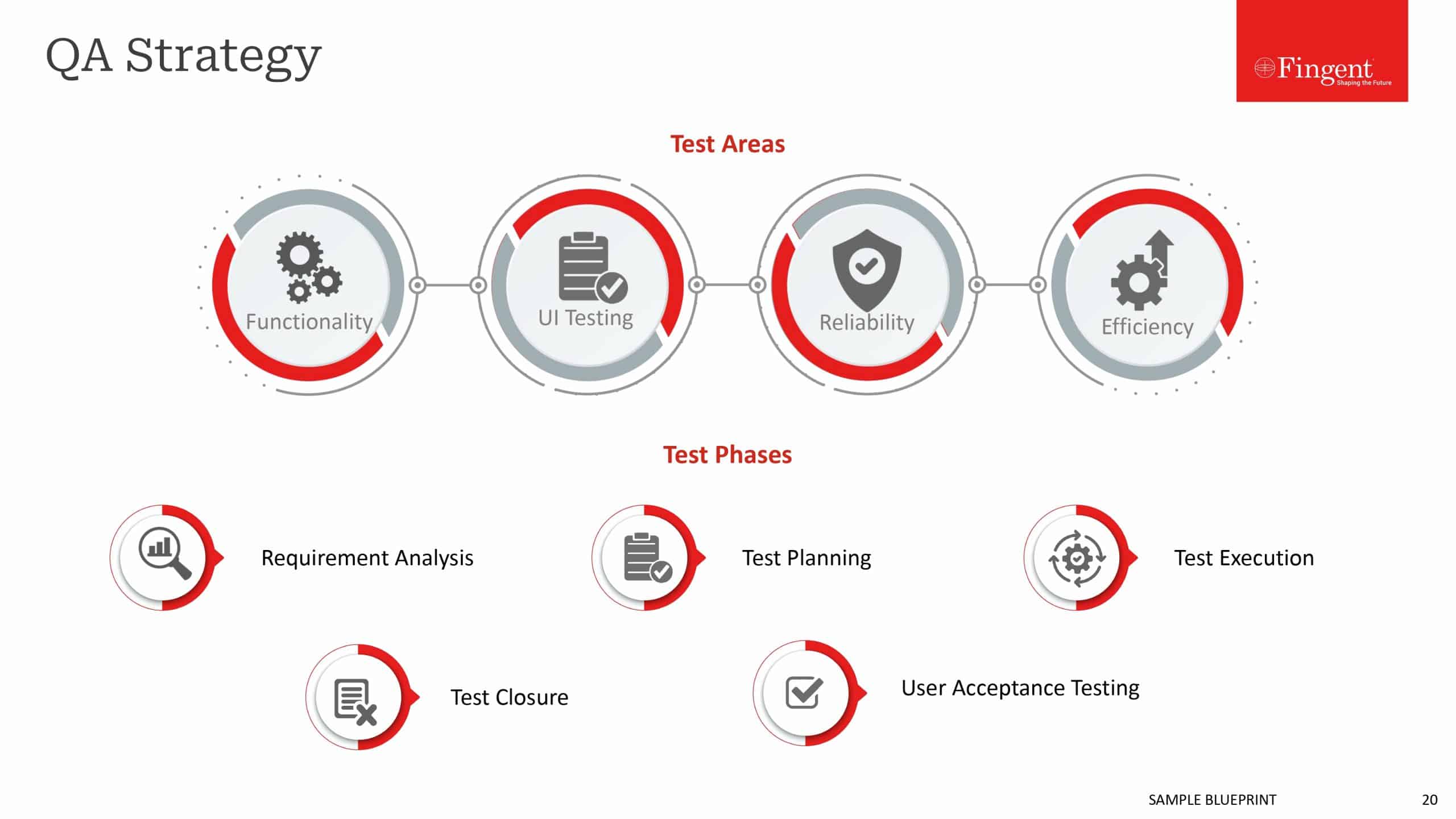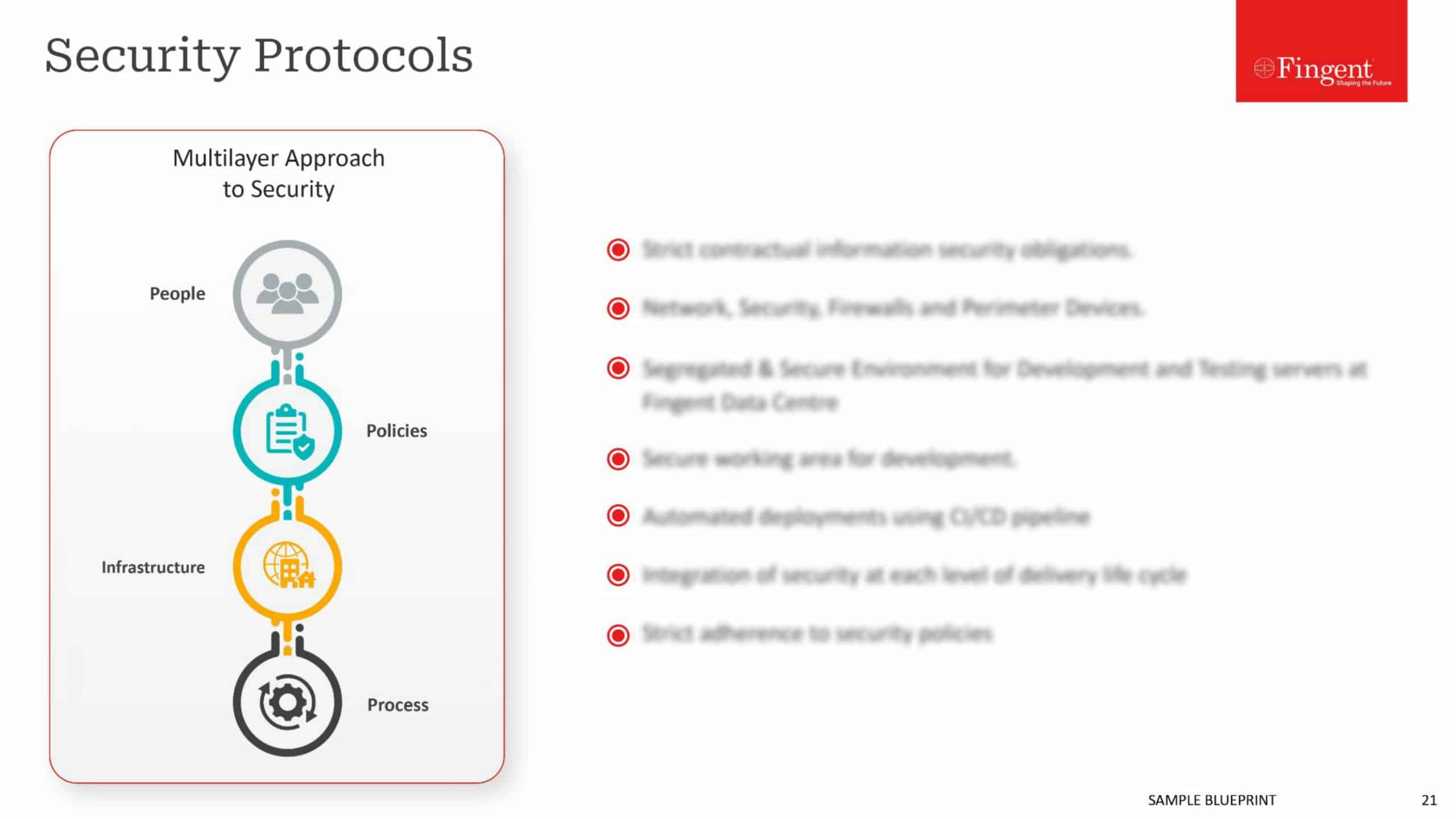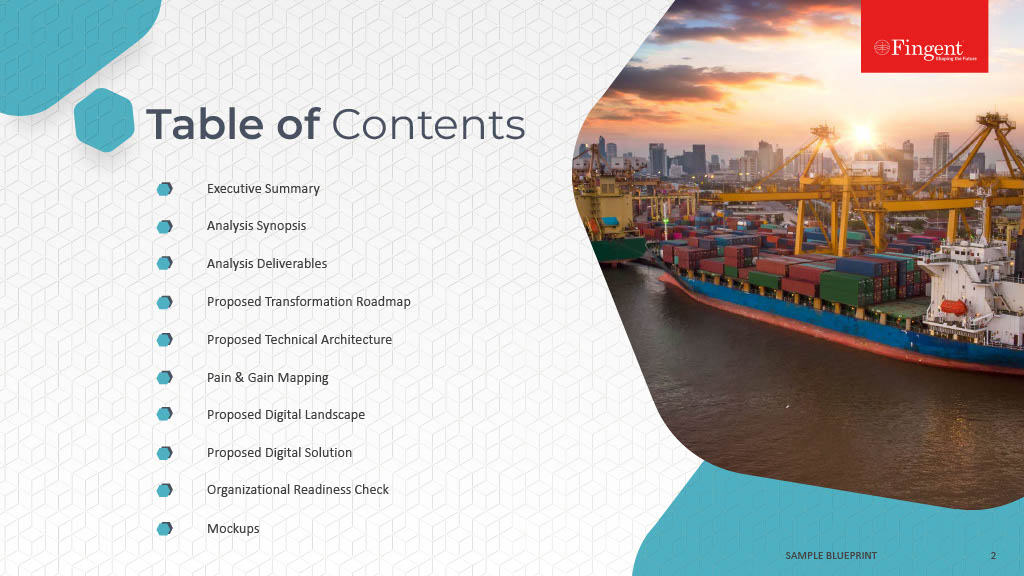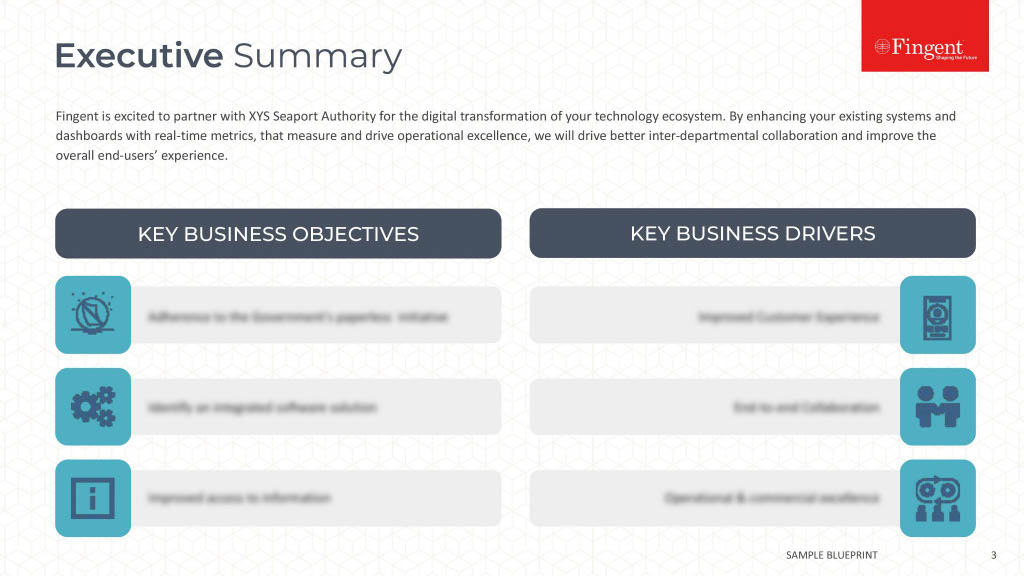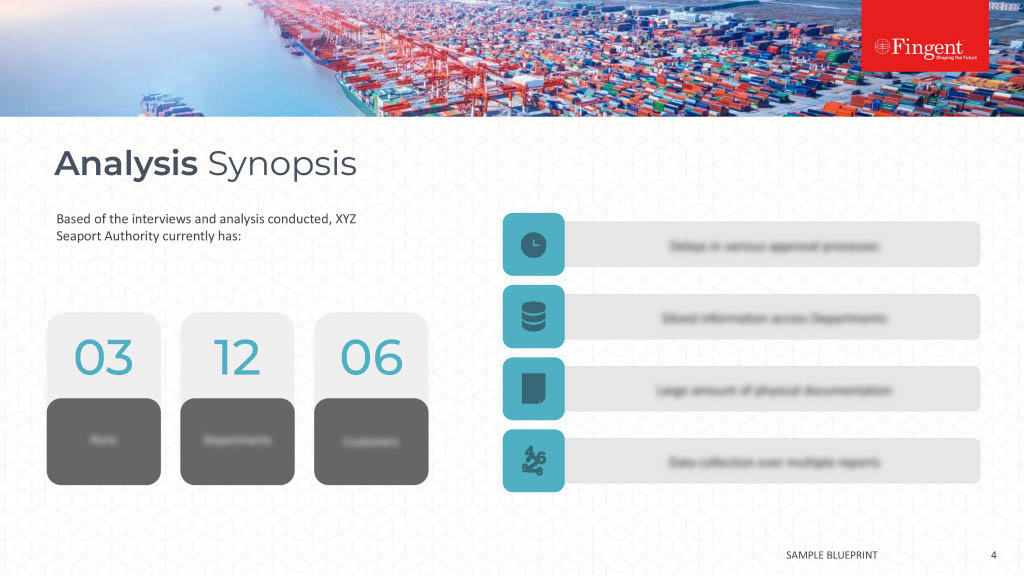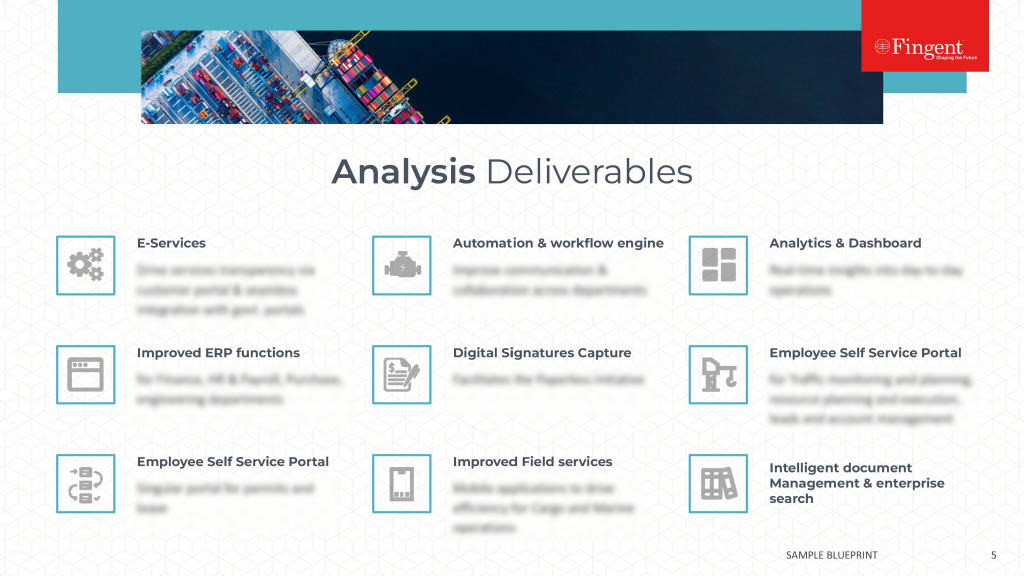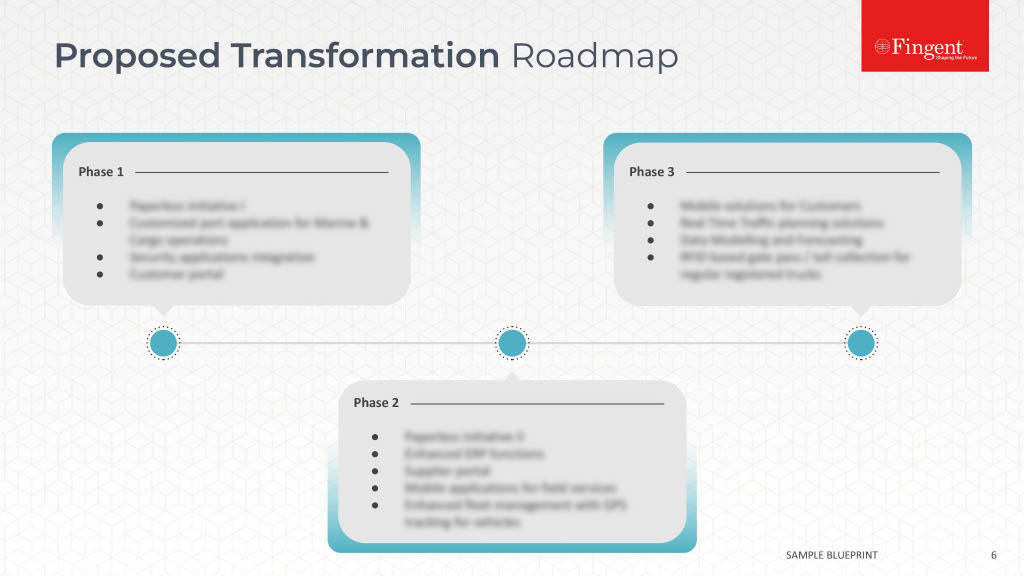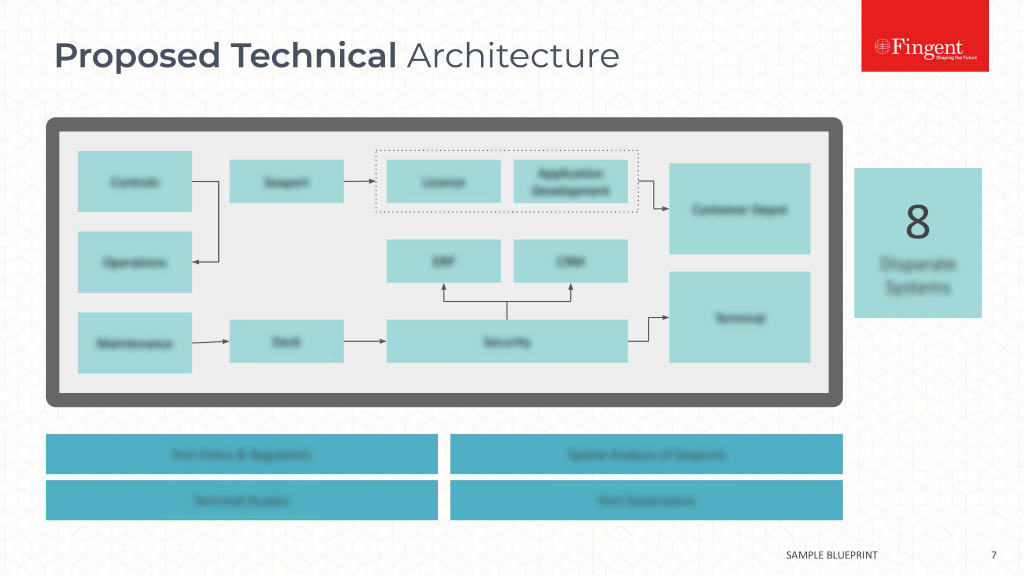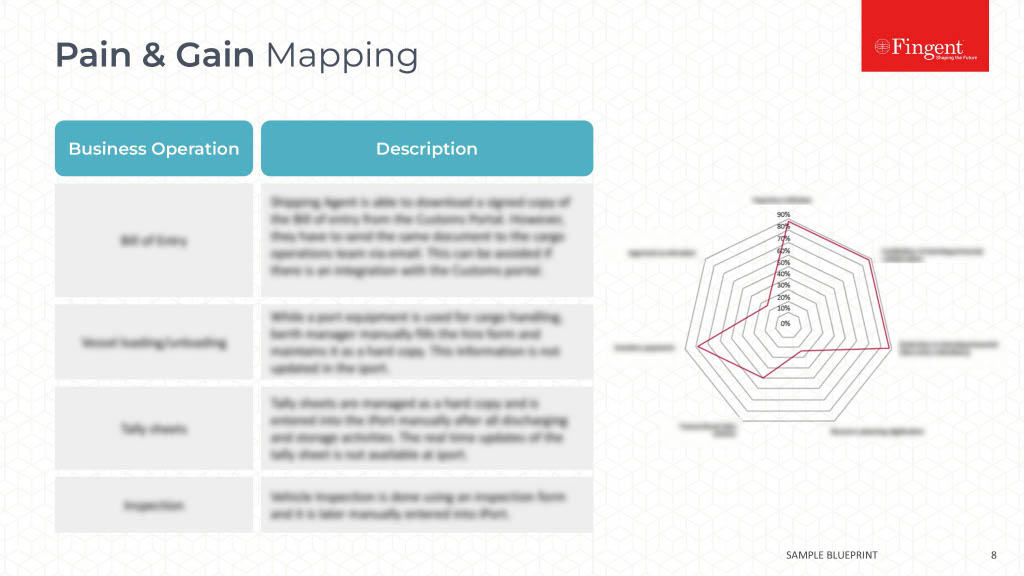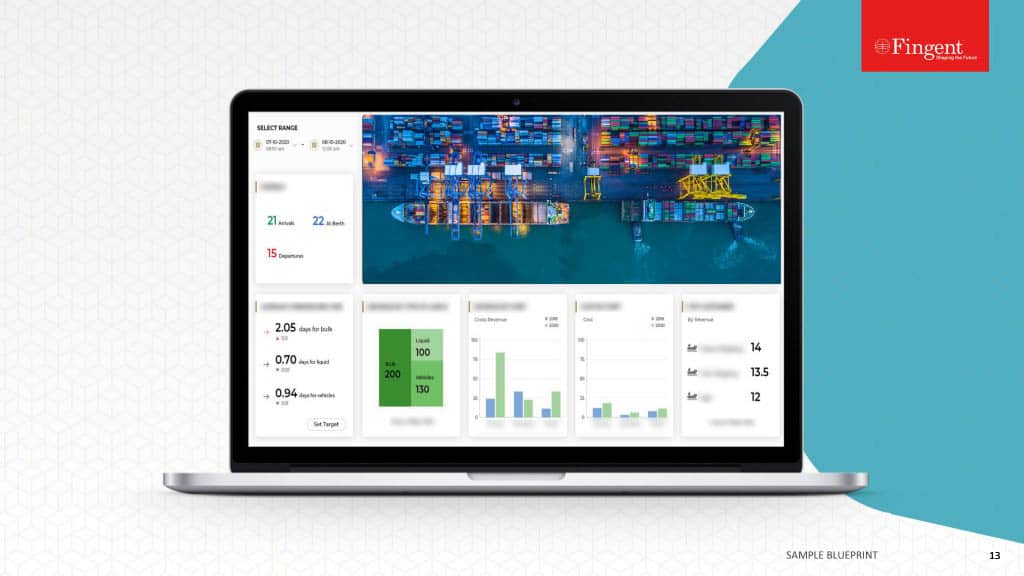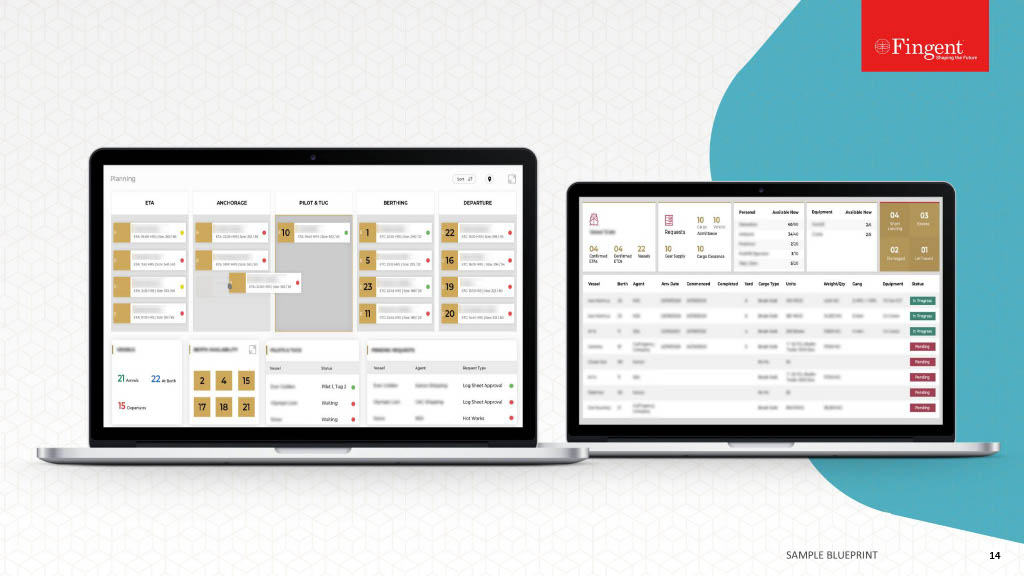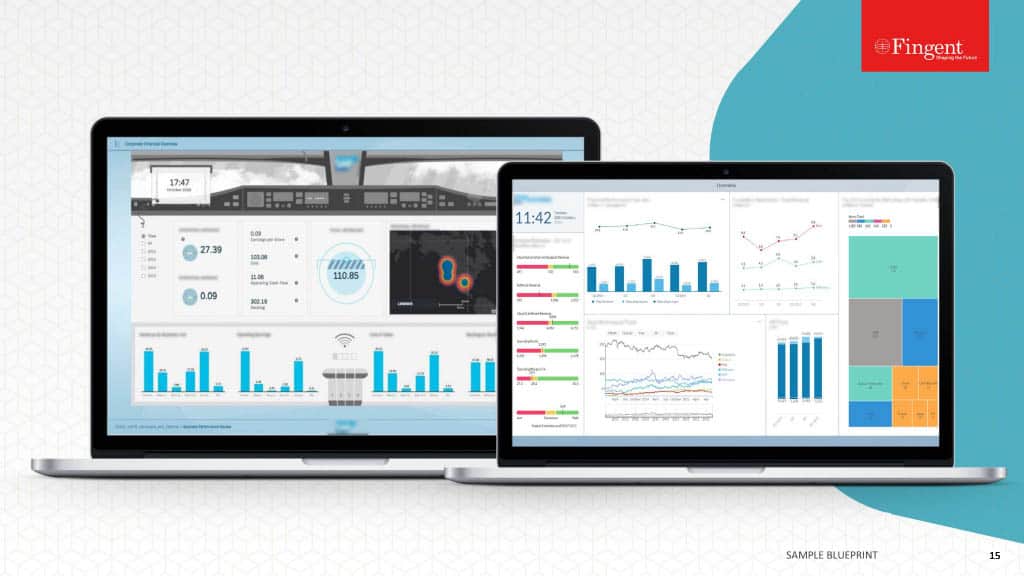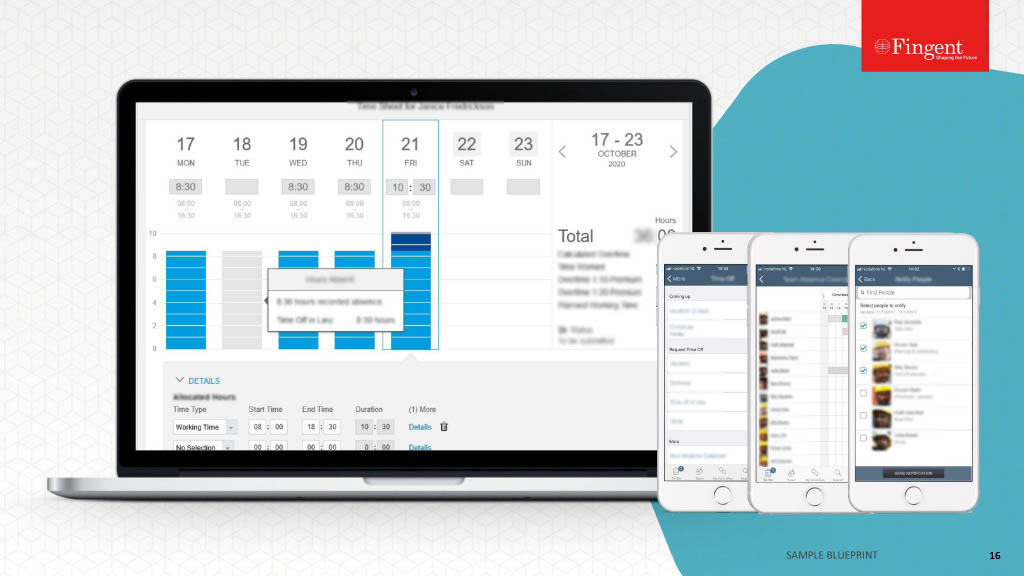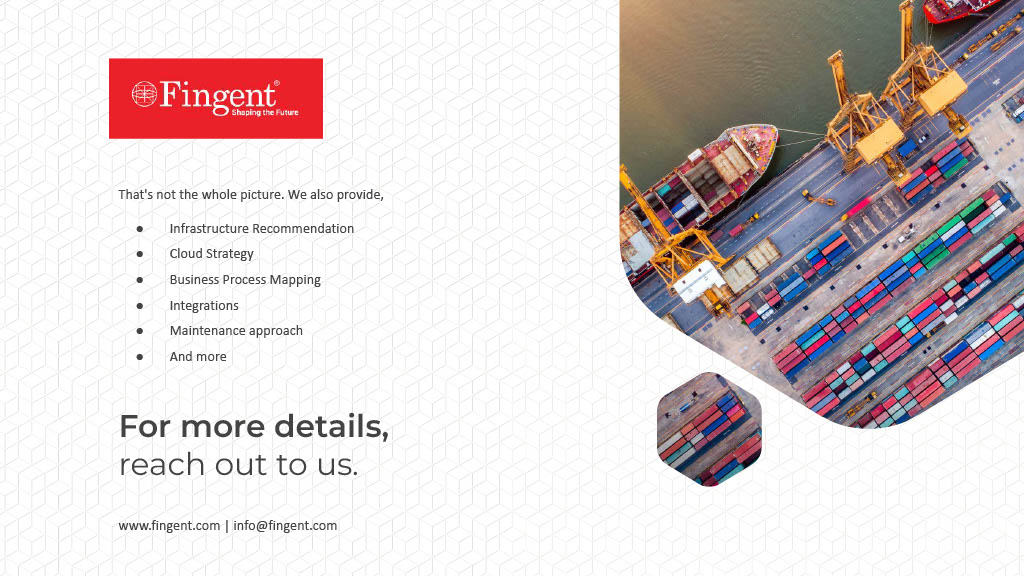Category: Custom software
Why is SAP HANA considered a Game-Changer?
Advanced data crunching abilities of today’s technologies are hungry for their watermark moment! The older technologies are not being dexterous enough to meet with the needs of today’s businesses. So, in February 2015, SAP released ‘Business Suite 4 SAP HANA’, or ‘SAP S/4HANA’ for short, as a replacement for its predecessor, ‘SAP R/3’ and ‘Business Suite’ platforms.
This change will not only affect their existing clients but also the systems integrators (SIs) because they have built their businesses by promoting firms adopt and customize SAP applications!
In-Memory Technology of SAP HANA – The Game Changer
S4/HANA will run on the SAP HANA database platform alone. The previous enterprises could prefer databases from other vendors such as Microsoft, Oracle, and IBM. SAP HANA is considered much more innovative in functionality than its older version. Let’s find why exactly SAP HANA is considered the game changer!!
Related Reading: Learn why should you choose SAP and how you can plan your budget for it.
What Makes SAP HANA Create A Material Difference To Business Success?
HANA is a High-Performance Analytic Appliance. It is an in-memory platform for processing high chunks of transactional and operational data in real time. The in-memory technology provides prompt responses to queries without any waiting time. This is considered a game changer in the industry as the whole database is stored on the server memory for real-time analysis. The processing is with the data stored in disks where analysis is done in increments via redundant disk read-write activity.
According to SAP, adoption trends of SAP HANA by clients is constantly mounting across multiple industries with already 6400+ customers using this platform. This number is likely to grow in the year, according to SAP.
- Rapid forecasting and business strategy development without delays
- Business performance can be monitored better in real time
- Improved marketing campaigns through data analytics
- Prevent unplanned disruptions and avoid risks in business operations
- Accurate business decision making.
Time To Enable Some real-time functionality to analytics – SAP HANA does it ALL!
Enabling real-time functionality to analytics, business applications and data services are the highest priorities of CIOs. SAP HANA is the biggest, game-changing technology to impact these initiatives.
Key business drivers for SAP HANA adoption
- Real-time Analytics and Dashboards – SAP HANA permits information to be displayed dynamically without the need for aggregation. It can be presented in different dimensions for decision making and also for verifying business progress. Using real-time or historical data with prebuilt predictive libraries, analytics can be performed well.
- Data warehousing – Streamlining of data is important for better management. SAP HANA does this by offering predictive analytics. Thus trends are identified and it becomes easier to take better decisions on business strategies.
- Optimized Business Functions – SAP HANA runs with the in-memory technology that accelerates application performance. It helps in providing real-time reporting and also in offering BI tools. SAP HANA can run complex ERP or MRP applications to customize information using real-time data. This is how the firms that use SAP HANA are able to act promptly and adapt to changing business requirements or the latest market trends!
- Big data Rules – Gaining business insights and targeting clients with personalized offerings is the prime motive for any business. Big data analytics is used for the same. For this, HANA suite offers big data development and analytics tools.
- Swift And Accurate Decision Making With Automation Advances – Advanced analytics feature in SAP HANA can be used to transform business insights into actions for swift and accurate decision making in businesses.
Adoption Of SCRUM Framework – SAP HANA is Undoubtedly A Game Changer
SAP has adopted SCRUM as the framework and this helps in performing operations in short, iterative cycles.
SCRUM uses ‘time-boxed’ iterations. These iterations are termed “sprints. The objective of every sprint is to build a tested, workable piece of the system, that is ready to be released to production. These iterative cycles are based on the ‘Lean’ principles of software development. This helps in carrying out detailed analytics in real-time and on a transactional system directly. This is exactly why in-memory computing and SAP HANA are termed game changers because they function with such a powerful framework. This platform also provides a package for integrating multiple data sources. It also helps to perform various types of analytics that is, predictive, spatial, text, and so on. It can run simultaneously with SAP ERP software where analysts can access real-time transactional data instead of waiting to run daily or weekly reports.
Related Reading: Confused between Odoo CRM and SAP CRM? Learn how to make the right choice.
SAP HANA To Provide Real-Time Access To Business
Eliminating duplicate data and expensive data storage and improving query performance are features provided by SAP HANA along with real-time data analytics and support for end-user adoption. HANA Enterprise provides the most value and flexibility for higher BI solutions along with providing solutions for organizations that have a lot of non-SAP data, need real-time replication or require complex data transformation, cleansing or merging,
SAP HANA does not need additional software for data access. HANA Enterprise enables business users to immediately access their analytical data in real time, in a single environment, without affecting existing applications.
Read more: Transforming Business with SAP S/4HANA Cloud
SAP HANA Technology – The Economic Impact
With the cost-saving efficiencies of SAP HANA, the software development costs for enterprises reduced by almost 70%, administration costs reduced by over 20% and hardware spending reduced by 15%. Thus, SAP HANA is clearly proving to benefit organizations in both ways, that is, to business and technology.
SAP discloses that the adoption of S/4HANA has doubled year over year to more than 5,400 customers as it published its full-year financial results.
With its potential to process large chunks of data in server memory by combing the capabilities of database, data-processing and application platform execution. SAP HANA is considered to be the next major breakthrough in enterprise IT.
All of us in IT are aware that better business decisions are made only when data is available in a meaningful format and at the right time. It is time to extract the benefits out of SAP HANA for successful business execution. Keep your eyes clapped on our latest articles about SAP HANA to learn more!!
Stay up to date on what's new

Featured Blogs
Stay up to date on
what's new



Talk To Our Experts
Over the years the real estate market has witnessed a tremendous change in the way it runs the business. Intense market competition has compelled the real estate firms to rethink traditional strategies and innovate. Therefore, modern realtors are considering various real estate innovations as opportunities to build up their valuation.
One such innovation prevailing in the real estate market today is the concept of an amenity-packed mobile app. Applications connecting tenants with a pool of amenities are the latest makeover tools adopted by realtors. These apps are now the trending treats offered by real estate companies to retain their existing tenants and attract new ones.
Amenity Apps – The Next Big Thing In Real Estate Market
Recent reports have revealed that the vacancy rate of offices in New Jersey and Westchester County, has increased to 20%. Even the overall vacancy rates of Manhattan is above 8.5%, approximately. With such high vacancy rates in the most competitive real estate markets, realtors have realized the need to adopt differentiated strategies to retain tenants. Hence, realtors are now stepping out of their specialty to foster services beyond the boundaries of property business. The most innovative approach through which builders are now keeping their buildings 100% leased is by introducing amenities.
Why Amenity Apps?
In today’s world where competition is at its peak, workers often fail to maintain a work-life balance. While striving to beat the nerve-racking competition of the modern world, employees are missing out on the necessary routines of life. Regular exercises, health checkups, haircuts, laundry or even picking up a meal becomes a hassle when work is tough.
Realizing these challenging situations of today’s workforce, some prominent realtors like Tishman Speyer and Sterling Bay, created amenity apps for their employees in New York. These apps are helping the workers to achieve a balance between personal and professional life. With these apps, property builders are extending their services to bring in amenities to the doorsteps of their customers.
Life hacks provided through prompt mediums like mobile and tablets are making buildings more attractive for tenants to stick on. Extending real estate services to provide better lives for tenants are not only upgrading the value of buildings but are also turning office markets to service businesses.
Related Reading: How Top Real Estate Companies Leverage Technology to Soar New Heights.
How To Woo Tenants With The Perfect Amenity App?
With amenity apps creating a hue in the real estate market, property builders are striving to introduce spellbinding services through innovation. Office landlords and building owners are integrating technology with small-scale businesses to woo their tenants. But to create an impact in the market, it is necessary to load these amenity apps with captivating features. To help realtors deduce the best amenities for their apps, here’s a short list of the popular ones that are boosting the customer retention rates for some leading real estate enterprises. While food services have already become the baseline of several amenity service apps, few other amenity types are also achieving an eminent position.
Health & Fitness
With healthcare activities gaining popularity among the current young workforce, several real estate firms are loading their amenity apps with wellness services. On-suite fitness programs like massages, meditation, yoga, and other healthcare programs are the prominent features of multiple amenity apps. hOm introduced by the Brookfield Property Partners is one such innovative example of technology-packed amenity provider that offers unique fitness events to create healthy communities.
Closer Communities
Leading real estate providers are trying their best to create active and lively communities. Lack of time and rush life often makes it difficult for residents to engage well with their neighborhood. With a motive to diminish such hostility and create more engaging communities, property builders are now incorporating emerging technologies to implement amenities that bring people together. Services like group discussions, ride sharing, community meetings, travel management, human resource services, etc. are attractive features of amenity apps.
Access to Building Amenities
Gated communities often extend a wide range of amenities for their residents. Generally, these amenities are offered through common communication channels like emails and telephones, which makes it difficult for residents to reach them. Hence, property owners are now featuring portals to bring these building services closer to tenants. Recently Silverstein Properties introduced the Residential Community App which allows tenants to access rent payments, tenant referrals, community and neighborhood maps, shuttle services, discounts, offers and much more through their smartphones and tablets.
Eco-Friendly Environment
With the increased concern of protecting nature, property owners are now focusing on amenities that serve both tenants and nature. The SL Green Realty Corp., initiated a suite called SL Living Green that connects residents with group discussions, educational talks, recycling projects, eco-friendly waste disposal schemes, etc. to enhance their wellness and style of living. These amenity features allow tenants to feel responsible towards nature which attains them a unique experience.
Other Popular Amenities
Few other personal styling and emergency medical care amenities are popularizing among tenants. Medical aids like backup child care, health screening, drug delivery etc are some of the highly accepted medical features of amenity apps. Also, few real estate firms are designing their amenity apps to deliver styling amenities like blowouts and manicures, shoe shining, hair styling etc. to desired locations.
Related Reading: Self Showing App, an IoT application built by Fingent streamlines the complete inspection and leasing procedures of real estate firms. Find more in the case study here.
How Are Real Estate Amenity Apps Winning Hearts In New York?
Isolated lives of metropolitans have marred the quality of life. The struggles to socialize, stay fit and even to groom well, are becoming the increased concern of the modern generation. Hence, the leading real estate firms are empowering their amenity apps with services to sort these hassles of the modern world. One such enterprise is Tishman Speyer, who has integrated technology with small-scale services to create unique experiences for its tenants.
Tishman Speyer, a diversified real estate firm operating properties of worth $89 billion, including the iconic Rockefeller Center in Manhattan, rolled out an app called Zo. The Zo. app is winning hearts in New York, by exclusively connecting its employees to an unparalleled collection of services. They offer exclusive deals which include wellness programs, social and interest group gatherings, backup childcare, on-site health screening, and medical services, dry cleaning pick up and delivery, personal styling, individual meal delivery, catering, and much more. These services are enhancing the living standards of Tishman workers and tenants by creating a hassle-free work environment for them.
Another leading real estate developer in New York, entering the emerging war of landlord amenities is Sterling Bay. They have introduced their own app offering expanded eye-catching amenities for their workers.
Extreme competition in the real estate market is determining the growth of property businesses on the basis of the number of people in it and not by the square footage. More than magnificent buildings, residents are now attracted to communities that deliver unique and lively environment. Tenants prefer buildings that provide amenities through advanced technology channels that enhance the living experience. Incorporating smarter technologies and utilizing real estate software, is emerging to be an essential ingredient in real estate business today.
With emerging technologies transforming communities, the real estate market is witnessing a new era of property services beyond bricks and mortar.
Related Reading: A Property Management Software can be a boon for real estate managers if adopted the right one. Find the secrets of finding the right property management software here.
Read More: Mobile App Development : 4 Tips To Consider
Stay up to date on what's new

Featured Blogs
Stay up to date on
what's new



Talk To Our Experts
According to The Wall Street Journal, consumer spending is the primary driver of economic growth in the U.S. Manufacturers, suppliers and logistics companies are the industries that benefit from retail profits. Retailers now prefer artificial intelligence to protect profits. This improves customer service as well!
Next-Gen Solutions To Solve Retail Profit Shrinkage – Why Would You Choose AritificiaI Intelligence?
In the year 2018, the global AI market was expected to be worth 7,35 billion U.S. dollars. Also, the global AI market is expected to grow from 150 percent from 2016 numbers, reaching a forecast size of 4.8 billion U.S. dollars. These statistics show that AI is a new factor of production that can help skyrocket profitability for retailers!
Related Reading: Check out the latest trends in AI. Find 7 reasons why AI is expected to play out in 2019.
Why would you choose AI to protect retail profits?
By 2035, AI technologies will have the potential to boost productivity by 40% or even more! This means AI will increase economic growth at an average of 1.7% across 16 industries by this period.
These numbers show a straight 59% increase in retail profits alone! For this, advanced analytics are used to design and develop models. These models are then used to fetch possible outcomes from a wide spectrum of data given to a computer to analyze. From these outcomes, future decisions and actions are fed to the system which learns it. The system can now perform without human intervention! It can make decisions in real-time.
Machine learning, deep learning, and natural language processing are a few examples of AI. Marketing, pricing, logistics, risk management, store management, fraud detection are some inevitable areas where the largest retailers have used AI for decades now!!
AI – How it uses advanced analytics to solve a wide spectrum of retail problems
Manufacturers, Logistics companies, and suppliers are the major industries that support retail sales. Consumer spending depends on fluctuation in these sectors. This drives the economic growth in the U.S! Since these sectors benefit from strong retail profits, “retailers are turning to artificial intelligence to help protect profits” says a report from Forbes!
AI replaces redundant and individual-driven analysis. This is a more convenient method and ensures consistency across the retail chain. Thus AI can replace 1000 people performing the same tasks by answering spontaneously with just the same analysis!
AI can also enhance customer experience and drive sales. Online retailers use chatbots and product suggestions, while stores can enjoy real-time, targeted marketing messages. Retailers have the need to generate chunks of data on a daily basis. With predictive analytics, this data can predict trends and thus reduce the chance of failures by determining necessary changes to improve profitability. Thus the employees can have proper information faster and deliver more consistent results!
Related Reading: AI and Robotics carry the power to enhance customer experience. Here’s a CTO Guide to it.
Solving Retail Problems With AI – Steps to Overcome Challenges And Improve Efficiency To Boost Sales
All retail companies (physical and online), face four fundamental challenges. These can be solved with predictive analytics and an effective data production plan. They include:
-
Siloed and Static Customer Views
Retailers can adopt a complete, real-time strategy by combining traditional data sources with the non-traditional like social media or other external data sources to create valuable insight, resulting in robust fraud detection systems, more effective marketing campaigns, more accurate and targeted churn prediction, and better customer service. This helps them encounter the problems faced by siloed data, where transaction data are separated from web pages, which is again separate from CRM data.
-
Time Consuming Vendor and Supply Chain Management
Retailers can adopt real-time analytics and unstructured data sets to combine structured and unstructured data to create more accurate forecasts or automatic reordering, resulting in optimized pricing strategies and more efficient inventory management.
-
Analysis Based on Historical Data
Retailers can use prediction and machine learning in real time to create predictions based on current behaviors and trends. This helps them predict the client’s next move. Thus AI helps to adapt automatically to customer behaviors.
-
Single-Time Data Projects
It is high time retailers turned towards automated and scalable data workflows. This helps them improve their overall efficiency. This is made possible with predictive analytics using AI.
Related Reading: Enrich customer experience at your retail store. Read along to reveal five secret to win your retail customers.
How AI can Generate Additional Revenue
IDC analysts predict that by 2019, 40 percent of retailers will have developed a customer experience architecture supported by an AI layer! In a nutshell, the major ways in which AI can generate additional revenue and help avoid additional overheads and losses are the following:
- AI can replace redundant and individual-driven analysis for a retailer. This process is far more efficient and it ensures consistency across the retailer’s stores.
- Additionally, employee theft and paperwork errors contribute a high figure of shrink to retail profits. For instance, the National Retail Federation conducted a survey and it turned out that the reason for more than 50% of retail shrink, ie, (the difference between the real ‘on-hand’ inventory and the inventory level recorded in the computer system) is a result of employee theft and manual errors! AI models yield better and efficient results.
- Also, retailers can use AI to predict solutions benefits and functionalities prior to buying it. This way, AI can help reduce risks in retail profit shrinking.
- Choosing a consultant that can address the needs of your company can be another major benefit to reap out of AI to reduce retail profit risks. The following concerns can be addressed with the consultant:
- How to address constraints like budget, time and personnel? Ask your consultant to provide explanations for the outcomes.
- Consider the consultant’s skill sets from their previous projects and work experience before you decide to hand over the responsibilities and contract
Related Reading: Does AI have the potential to drive business value across industries? Read through to find how AI is revolutionizing various industries.
AI adopts next-generation solutions that use predictive analytics to capitalize on their data and knowing that 80% of this data is untapped and unstructured is the winning solution! Want to know more reasons why you can undoubtedly bet your company on AI?
Stay tuned to our latest articles and blogs to learn how AI solutions have managed to perform a quantum shift in computing and revenue generation for successful retail companies!
Stay up to date on what's new

Featured Blogs
Stay up to date on
what's new



Talk To Our Experts
While most sectors have battled their respective digital disruption by enhancing their own digital capabilities, the real estate sector has been considerably slow to react. This is rather astonishing when you look at the size of the real estate business globally where it surpasses all other sectors to form the most valuable commodity valued at over $217 trillion. In the digital era, no industry is safe from disruptions and this includes the real estate sector as well.
How will custom software transform the real estate business?
With the overwhelming majority of today’s buyers belonging to the millennial group, the sector is witnessing an increased demand for digital innovation. From finance to aesthetics, there is a wide range of applications for technology in the real estate sector and this includes both commercial and residential assets.
What drives the need for digital in the real estate sector?
The three main driving forces behind digital adoption in the real estate sector are
- Buyer Experience
- Transparency
- Compliance
The buyer experience is the ultimate selling point for any property today be it commercial or residential. From the discovery of the property to guaranteed maintenance operations after a sale, today’s buyers need seamless services on all fronts. This could be made possible through a highly connected digital ecosystem that is spread across the entire buyer journey. There is a need for bringing a mature and trustworthy operational model for real estate dealings. Custom digital software can help bridge the gap between realtors, property managers, landlords and tenants in a multitude of ways and bring about transparency and accountability in matters where large financial transactions are involved. Besides the real estate sector draws quite a big eye from the authorities and compliance standards for safety which are amongst the toughest of all sectors. With a digital backbone, it becomes easier for compliance requirements to be validated and audited by government agencies. For buyers, this provides peace of mind and a hassle-free tenure with all risk aspects sorted, at both individual and government level.
What can digital transformation do for the real estate sector?
Now that you are well aware of the need to drive digital innovations, it is time to have a look at ways in which digital transformation can reshape the real estate sector. A gamut of technology innovations exists today that can deep dive into the various nuances in the sector and create lasting experiences for buyers and tenants and transform properties into global commodities. Let us examine the top 5 ways in which the real estate sector can transform with custom software.
Discovery of properties
In the 1980s, close to 22% of home buyers relied on newspaper ads and 8% relied on their friends to discover new properties to buy. In 2017, more than 51% relied on the internet to make a property or a home purchase decision. The internet has become the hotbed for real estate marketing and if you are not out online with full guns blazing, chances are that your listed property or home may not attract any potential interest from the buyers of today. Real estate developers and sellers need to have an attractive website for their property in addition to maintaining a sizable listing on the most popular property portals amongst buyers. Doing your homework on SEO and taking steps to include feedback from powerful search analytical tools provided by search engines like Google themselves, you can improve the online presence of your property considerably.
Related Reading: A Property Management Software can be a boon for real estate managers if adopted the right one. Find the secrets of finding the right property management software here.
Changing the role of real estate agents
Most digital disruptions have focused on massively reshaping the roles of personnel involved and here too, the picture is not different. With the rise of digital portals and custom software, buyers and sellers can connect more directly without losing a hefty price in terms of commissions. But agents are not completely left out as well. They, on the other hand, have a plethora of marketing and customer service tools to offer more privileged and customized services for buyers. The transformation can, however, be a bit painful for real estate agents dealing with residential properties as they can be choked out by a large number of digital listing portals wherein sellers can directly provide information, arrange site visits and even proceed with legal documentation without the agent’s help.
Transforming site visits
By the year 2025, nearly 20 million households in the US would be owned exclusively by folks in the millennial generation. If you expect them to drop by after work or on a Sunday for a property visit, then chances are you will never hear from them after the first inquiry. In the digital age, you can use custom software to schedule and arrange for a suitable site visit time slot that is favorable for both the potential buyer and the agent. It can even facilitate pre-visit conditions such as a deposit, online application, valid document proof, etc. Going a step further, virtual and augmented reality embedded apps can provide a 360-degree walk-through of the property on the buyer’s mobile phone anytime and anywhere. With such digital innovations, the target market would not hesitate in spending an extra premium thanks to the splendid buying experience.
Related Reading: Self Showing App, an IoT application built by Fingent streamlines the complete inspection and leasing procedures of real estate firms. Find more in the case study here.
Setting the terms of leasing or buying
Gone are the days, when you needed hours of documentation to create a transparent lease or buying agreement that aligns with regional laws and complies with all relevant risk management standards. Today custom real estate software can provide digital lease or buying agreements that can be validated by local, regional or national government authorities directly without middlemen leading to significant cost reduction in the entire process. A digital portal could record every transaction from the first site visit pre-requisites to valid document audits, payment information, terms and conditions of the agreement including periodic rental revision agreements, automated payment schedules, etc. Such a massive transformation can bring about significant changes to both residential and commercial real estate properties.
Preventing fraudulent transactions
Having a digital backbone brings with it guaranteed transparency and accountability for every transaction or commitment made between a buyer and a seller. Besides, digital portals having direct validation credentials with government authorities can provide digital verification of documents, identity proofs and other associated legal requirements for every transaction. This can aid in transparent pricing schemes, elimination of bribes and middlemen fees, provide streamlined tax revenue to governments for every deal in the real estate sector thereby eliminating fraudulent transactions.
Related Reading: Read through the case study to know how Fingent developed a customized all-in-one property management solution for one of their leading real estate client here.
Summing up
Though much of the transformation mentioned above is in various initial stages, the real estate sector holds immense potential for future digital innovation. Custom software for the real estate sector can challenge traditional buyer-seller relationships and even wipe out middlemen in the long run as we mentioned in one of the possibilities above. However, staying ahead and relevant at the same time in the digital era is what key players in the sector need to focus their attention on. Write to us to know how our digital transformation specialists can enable the best of real estate innovations for you.
Stay up to date on what's new

Featured Blogs
Stay up to date on
what's new



Talk To Our Experts
The real estate industry has traditionally been a technology laggard, with antiquated systems, ad-hoc processes and manual documentation ruling the roost. However, things are changing, with innovation and tech disruption set to change the fundamental paradigms of the real estate sector.
Can real estate technology advances actually predict property prices?
Leveraging Machine Learning Algorithms to Predict Real Estate Property Prices
Smart purchasers and investors look at the value of the property rather than the price. Just as the price of a stock denotes nothing about its inherent value, and one needs to delve into the PE and other ratios to estimate the value of the stock, the price of a property says little about its actual worth, and one has to dig into the underlying data to get to the true worth of a property.
The opacity and lack of access to underlying information surrounding property hitherto inhibited a proper and objective analysis of the true worth of property. Often, the only information available to the stakeholders is the prices at which previous properties of a similar nature, in the same locality were sold. As such, the asking price for properties has always been subjective, depending on what the seller thinks the property is worth, with a loose estimate of the prices other properties have sold in the locality and other subjective insights constituting the basis for asking price.
However, things are changing, and changing fast. Real estate data sets are growing larger and larger with every passing day, every single day, thanks to the ever-improving computing power and cloud storage capabilities. Smart retailers and other stakeholders have already deployed several new tools and services that leverage such data, and many more tools and services are in the offing.
The National Association of Realtors estimates about 42% of buyers looking at property online as the first step in their home buying process. Most of them now delve into further details, such as the crime rates in the neighborhood, availability of public transit, the profile of local businesses such as gyms, groceries, restaurants, and several other factors.
It gets better. Machine learning now infuses objectivity and transparency in property pricing, besides promising a scientific basis into price fixation of property.
Machine learning models, comprising of hundreds of explanatory variables, offer insights into almost every aspect of a specific property, to a very a high level of accuracy and objectivity. Such models scour through piles of data and are capable of not just identifying an accurate price for the property, but also identifying hidden gems among the swathes of properties available for sale. Buyers and may use such insights to quote a fair and accurate price for the property, Sellers may likewise quote a fair price and sell their property faster, without the risk of under-selling themselves. Banks and financial institutions may use the insights to offer loans based on the predicted future value.
Related Reading: How Top Real Estate Companies Leverage Technology to Soar New Heights.
Identifying Correlated Variables
Home buyers and investors often end up making unscientific comparison among two properties and are often deluded by a lesser price for a property, oblivious to the far inferior value on offer.
While the obvious variables such as the number of bedrooms and square foot area may be obvious and explicit, some variables remain hidden or not too obvious.
Some variables are also closely correlated with others. Some pairs, correlated by nature, such as “Basement finished area” and “Basement unfinished Area,” and other pairs, correlated by deduction, such as “Overall condition” and “Year built” help to identify the true worth of a property relative to the asking price.
Machine learning models not only factor in such variables but also give proper weight to each variable. For instance, two homes may seem similar while considering the obvious variables, but property A may offer far better value owing to the superior quality of plumbing materials used in construction and availability of groundwater compared to property B.
Related Reading: Find how Fingent developed a customized solution to streamline all the processes in a property management life cycle. Check out the case study – Rentmoji: All-In-One Property Management Platform.
Unearthing Seasonal factors
Seasonality has an impact on property prices, but the impact may be subtle or hidden. Crunching historical data makes explicit trends in sales prices associated with seasons. For instance, sales may be more surfing summer months, when the new school year starts, leading to a spike in prices. Such seasonal prices help property investors leverage their buys, property sellers price their property more accurately, or postpone their sell for a few months to get a better price, and more.
Related Infographic: Major Challenges of Big Data in The Real Estate Industry
Identifying the True Value of Extraneous Factors
Buyers always consider the neighborhood of the property, in terms of crime rates, the quality of grocery shops in the vicinity, the proximity of schools, and other factors. However, such analysis is often done ad-hoc, and on a generic basis. The “devil” in the detail may often be overlooked. Machine learning models factor in the extraneous factors at a much deeper level, correlating factors such as frequency of power cuts in the locality, unemployment in the locality, frequency of transportation links, school ratings and more, all of which not only offer an objective and scientific basis on the true worth of the property, but also have an immediate bearing on the property prices.
However, the true value of machine learning is the ability to derive valuable trends and insights from the data. For instance, analysis of police arrests and the chemical compounds in sewers indicate the use of crack cocaine, indicating that gentrification could soon arrive. When the crack is replaced by cocaine, it may indicate that gentrification may already be complete. Such insights may not be available at plain sight and may be impossible to decipher without the analysis of such underlying data.
While real estate technology now makes it easy to predict property prices with a high level of accuracy and objectivity, the challenge is creating the underlying data models in a robust way. The machine learning system is only as good as the algorithm which powers it. Success depends on creating linear models, co-opting all possible categorical variables and historical data associated with each variable.
Related Reading: Read through to find how trending technology is disrupting the real estate industry.
Stay up to date on what's new

Featured Blogs
Stay up to date on
what's new



Talk To Our Experts
The digital transformation wave that is transforming businesses across the world has had major influences on the way custom software development is treated by technology teams. Today software development is all about improving the experiences at multiple levels for businesses. Experiences include customer experiences from their end customers during a transaction journey and operational experience of staff who utilize technology solutions to drive more customer love. Technology is bound to change and business owners must be willing to meaningfully bring about changes in their custom software development concepts to incorporate the best solutions to run their business smoothly.
Reap your success in the digital age following these 5 custom software development trends
Let’s have a look at the changing trends in custom software development that warrants big attention from businesses across sectors. Following are our picks of the top 5 contenders in technology trends that every team engaged in custom software development must be aware of:
1. The growth of open source technology
A decade ago, you might not have found too many takers for open source technology. But, today only less than 3% of worldwide businesses do not use any form of open source software in their enterprise technology stack. In the initial days, it was largely seen as a playground for beginners in software development to try out building applications for free. Today the world’s biggest technology companies like Google and Facebook utilize open source software to run their most mission-critical systems. They also contribute significantly to the maintenance and growth of developer communities around these open source technologies. Take a look at all the leading application development technology available today like Java, PHP, Angular, React, Hadoop, etc. They are all open source and powers some of the world’s biggest enterprise and consumer-facing digital applications. If your business has frequent technology requirements, then this is a trend in custom software development that definitely needs to be on your top priority.
2. AI-ready software
AI is already a mainstream component of almost every digital platform that people use today. From e-commerce to movie streaming, companies are rolling out machine learning capability to help software learn more about its users and automatically provide them with great experiences. AI-powered chatbots are today serving queries of billions of people online and businesses are investing heavily in making these bots more intelligent by the minute. For software developers, it is essential to know the in and out of writing code that blends well with self-learning algorithms to provide optimal value for businesses utilizing applications that run this code. AI has a key role to play in the future when it comes to interacting with end customers directly. Hence custom software developers need to focus their skills on creating meaningful front-ends that can resonate AI actions, scalable back end engineering that can supplement complex AI algorithms and powerful databases that can deal with the huge volume of data that needs to be handled by AI systems to create meaningful experiences.
Related Reading: Find the top AI trends of 2019.
3. Cloud takes new dimensions
The world’s best run businesses today run their technology core on the cloud. From platforms to infrastructure, cloud computing has transformed the way enterprises use software applications. 73 % of the world’s businesses have at least one application or an infrastructure element on the cloud. From becoming more agile in terms of application engineering to saving fortunes by removing on-premise infrastructure costs, businesses are re-inventing themselves in the digital age. The benefits are endless – scalability on demand, global availability, top gun service providers in every niche, etc. With cloud computing, your technology workforce can be empowered with mobility i.e. the freedom to work wherever they want and with whatever resources they need. This is yet another trend that every business needs to take seriously to improve their ROI on technology investments.
Related Reading: Find how a cloud platform like INFINCE can untangle technology for business.
4. Security to be given a top priority
While the rise of cloud computing and the transition of on-premise software engineering to rich internet applications have created better digital experiences, they have opened new cans of worms for developers to deal with. In the US alone it was reported that there are over 130 large scale targeted breaches of confidential user data residing on enterprise applications of businesses. This figure is growing at an exponential rate of 27% every year as well. Security aspects cannot be overlooked now not even for the smallest of applications. Any vulnerability in your code will turn into a feasting ground for cyber threats in an increasingly internet dominated world. It’s not enough to write a great code but also to practice secure coding standards to enhance safety and ensure customer data is never compromised.
Related Reading: Find which option is a better choice for your business, Custom Software or Off-the-shelf.
5. Customers are the heart of everything
Today it is not just your sales process or your customer relations team that needs to have end-consumer centric thinking on their operations. Even your custom software development team needs to have a work objective centered on a customer-first philosophy. Human behavior of your target digital audience needs to be modeled and referred to while creating applications. This is crucial for recommendation systems, lasting user experiences and above all improve brand loyalty by creating wonderful digital experiences. Feedback systems need to convey responses directly to core technology teams and they need to drill this feedback into the very depths of every implementation and every programming logic they use to achieve business goals.
These are our picks for the top 5 trends in custom software development that businesses of all sizes need to consider today. In an increasingly digital age where customers dictate the fate of every single of your investment, it is imperative for organizations to have a comprehensive look at how these trends can be incorporated into their technology roadmaps. Those failing to do so are in for massive repercussions as it doesn’t take decades for big corporations to fall to their heels for lack of innovation. The examples are right in front of you. Investing in the right technology with the right advisory is crucial for businesses to continuously innovate and stay relevant in changing times.
[Custom Software Vs Off The Shelf – Fingent]
Stay up to date on what's new

Featured Blogs
Stay up to date on
what's new



Talk To Our Experts
Most of us, technology geeks or not, are eager to stay first in line to catch up with the latest game-changing technology trends. Here we are to know which technologies will thrive in future!
The Potential Technology Trends You Need To Explore In 2025
Have you ever looked up at the sky and clapped your eyelids on a bat? This is commonplace. But what if it was a drone. Or would it be a flying fleet? Since we don’t belong to the Jetsons family, the latter is not expected but we are close to it! This year is definitely a transformative year for technological innovation!
According to Gartner, the Top 10 Strategic Technology Trends for coming years are Block chain, Artificial Intelligence, Empowered Edge, Privacy and Digital Ethics, Quantum Computing, Immersive Experiences, Augmented Analytics, Autonomous Things, and Digital Twins!
This is just the tip of the iceberg. Following are the emerging technology trends and catalyzing technical innovation that we can expect to see more of in future!!
Related Reading: Find how digital innovation is transforming today’s business world.
1. Blockchain Technology – The ‘New Internet’
Some call Blockchain technology the ‘New Internet’. The blockchain is the brainchild of a person or group of people known by the pseudonym, Satoshi Nakamoto. It permits digital information to be distributed but not duplicated.
It was first devised for the digital currency, Bitcoin. It is also called the “digital gold”. To this day, the total value of the currency is nearly $112 billion US!
“Blockchain solves the manipulation problem”, says Vitalik Buterin, inventor of Ethereum.
2. Artificial Intelligence (AI)
Apart from AI-powered chatbots, This year will witness chip manufacturers such as Intel, NVIDIA, AMD, ARM, and Qualcomm shipping specialized chips that speed up the execution of AI-enabled applications.
This year will also be the year for hyperscale infrastructure companies like Amazon, Microsoft, Google, and Facebook.
Related Reading: Check out the top AI trends
3. Cloud-independent edge computing
The study from IDC illustrates that 45 percent of the entire data created by IoT devices will be stored, processed, analyzed and acted upon close to or at the edge of a network by 2024! Edge computing is a mesh network of data centers that process and store data locally before being sent to a centralized storage center or cloud.
4. Privacy and Digital Ethics
Facebook, recently witnessed the biggest security breach in which 50 million accounts were compromised. Facebook, later clarified that data of 30 million accounts were stolen.
People are becoming more nervous about how organizations and third-parties are using their personal data.
5. Quantum Computing
The world is behind building the first fully-functional quantum computer. Also called the supercomputer, this is expected to be a cloud service rather than an on-prem service. IBM is already offering cloud-based quantum computing services. For instance, the automotive, financial, insurance, pharmaceuticals, military, and research industries have the most to gain from the advancements in Quantum Computing.
6. Immersive Experiences
Conversational platforms are changing the way in which people communicate with the digital world. Virtual reality (VR), augmented reality (AR) and mixed reality (MR) are changing their approaches to know more about people’s perception.
7. Augmented Analytics
Augmented analytics relies on augmented intelligence. This uses machine learning (ML) to transform how analytics content can be developed, consumed and shared.
“Through 2020, the number of data scientists will grow five times faster than the number of experts”, says David Cearley!
8. Autonomous Things
Autonomous things, such as robots, drones, and autonomous fleet, use Artificial Intelligence techniques to automate their functions that were previously performed by humans.
9. Digital Twins
A digital twin is a digital representation of real-world items that are interlinked. Cearley states that there can be digital twins of people, processes, and things!
A DTO is an aspect of the Digital Twin evolution that is a dynamic software model that relies on operational or other data. DTOs help drive efficiencies in business processes.
Apart from these, there are other key technology trends that organizations need to explore in future. These include:
10. Cybersecurity and Risk Management
According to the estimates from the firm Gemalto, the data breaches were 4.5 billion in the first half of 2018! The University of Maryland study found that hackers attack computers every 39 seconds.
In coming years we will be facing a more sophisticated array of physical security and cybersecurity challenges.
Cybersecurity is thus the digital glue that has held IoT, Smart Cities, and the world of converged machines, sensors, applications, and algorithms operational throughout!
11. Smart Spaces
A smart space is a physical or digital environment in which humans and technology-enabled systems interact in an increasingly open, connected, coordinated and intelligent ecosystems, according to Gartner! The world of technology is to enter accelerated delivery of smart spaces in 2019.
12. Self-powered data centers
Data centers grow every minute with the implementation of virtual servers and storage, energy-efficient buildings. In coming years, the data centers are expected to run on its own self-contained power plants!
13. IoT integration
This year will witness more IoT implementation. An International Forrester IT survey that said among a recent group study, 82% of respondents were unable to identify all of the devices connected to their networks. Of this lot, 54% were nervous about device security, and 55% were concerned about integration!
Related Reading: Find the role of Data Analytics in Internet of Things (IoT)
14. More self-service IT kiosks for business users
This year will be a year of IT innovation designed to build better communication between IT and end users. The self-service IT kiosks to be set up would enable users to log on and choose what they want for the apps that they build.
15. The Internet of Things and Smart Cities
50 billion equipment, including smartphones, and others are expected by the IoT to be wirelessly connected via a network of sensors to the internetin future.
The term “Smart City” means creating a public/private infrastructure to conduct activities that protect and secure citizens. It integrates communications (5-G), transportation, energy, water resources, waste collections, smart-building technologies, and security technologies and services!
To upgrade your business with the latest technology trends on the table, contact the experts at Fingent today! Also, read through our latest blogs to learn more about accelerated technological development!!
Stay up to date on what's new

Featured Blogs
Stay up to date on
what's new



Talk To Our Experts
The Experts Speak: The Adoption of AI and ML in Software Development
Artificial Intelligence (AI) and Machine Learning (ML) is transforming nearly every industry. In our previous blogs, we discussed how it is transforming finance, customer service, supply chain & logistics, and other industries. In this blog, we will talk about how AI and ML are radicalizing the software industry. We will look at the benefits of the adoption of AI and ML in software development and what industry experts have to say about it.
The Fundamental Shift in Software Development
At its very core, software development involves writing reams of rule-based code. Traditionally, developers had to specify every detail to let the system know what to do, and then customize the features of each piece of technology. With the adoption of Artificial Intelligence and Machine Learning, this process becomes much easier.
Author, scientist and Google research engineer Pete Warden puts it well:
“The pattern is that there’s an existing software project doing data processing using explicit programming logic, and the team charged with maintaining it find they can replace it with a deep-learning-based solution … What I see is that almost any data processing system with non-trivial logic can be improved significantly by applying modern machine learning. This might sound less than dramatic when put in those terms, but it’s a radical change in how we build software. Instead of writing and maintaining intricate, layered tangles of logic, the developer has to become a teacher, a curator of training data and an analyst of results.”
Practically, this means a revolutionary change in the very essence of software development.
AI and ML in action
“Modern IT environments are incredibly (and increasingly) complex and ever-changing, leading to large amounts of time and resources devoted to monitoring, troubleshooting, and course correcting,” says Phil Tee, Cofounder, and CEO of Moogsoft Inc. “It’s a reactive position for most companies, but when teams use AIOps technology they can leverage change-tolerant algorithms and access indexed information. This allows them to spend more time focused on proactive, meaningful work rather than fixing the same problems repeatedly or spending time managing rules and filters.”
Artificial Intelligence and Machine Learning can transform the entire Software Development Life Cycle (SDLC). Three ways in which it does this are:
- Synthesis of large volumes of data to predict the success or failure and business value of a project.
- Predicts accurate project delivery timelines, delivers project status updates and creates project schedules.
- Automatic diagnosis and rectification of problems in the project.
Let us consider the details of how this is achieved.
1. Turn Idea into Code Quickly and Effectively
The process from the inception of an idea to its actual execution into workable code is time-consuming and complex. Traditionally, developers must go through a long process of trial and error to get the basic code in place. Obtaining funding approvals for the project is complicated as well and requires getting the project to a prototype level even before requesting for funds. All this can be made easy with AI and ML. In the future, the system itself could learn to process ideas from natural language and suggest machine-executable code without human intervention. AI and ML are making this possible even now by teaching systems to suggest code completion. This way systems will slowly learn to generate code through predefined modules.
Considering the viability of a project also becomes easier and faster with AI and ML. Machine learning can help developers identify and prioritize the effects of the project based on business risk. This way, time and effort on unnecessary regression testing and rectification can be eliminated. A sound decision on whether the project is feasible or not can thus be made in the earlier stages.
Related Reading: How to accelerate your business growth with Robotic Process Automation
2. Effective Project Management
Through pattern detection, AI and ML can be trained to use details of past projects to provide accurate estimates of the current project. Historical project details like bugs, test phases, actuals, and estimated values can be fed into the system and used to fine-tune the level of accuracy. Through this, the system will learn to predict accurate delivery schedules and create work schedules for individual members of the team. Risk Management, as well as Resource Management, can be better executed this way.
3. Automation of Testing and Error Detection
Pattern Detection is one of the most valued benefits of machine learning. This can be used effectively to automate the testing and debugging process in software development. One of the challenges of software testing is to come up with a list of most likely cases and scenarios that could affect the program’s performance. Through pattern detection, systems can look at past logs and generate a test case list automatically. They can also identify and classify error types and in time learn to automatically fix these errors.
Joe Colantonio, an expert on software automation and performance testing discusses what is possible with AI and ML. “Wouldn’t it be great if you could answer the classic testing question, “If I’ve made a change in this piece of code, what’s the minimum number of tests I should be able to run in order to figure out whether or not this change is good or bad?” he says. “Many companies are using AI tools that do just that. Using ML, they can tell you with precision what the smallest number of tests is to test the piece of changed code. The tools can also analyze your current test coverage and flag areas that have little coverage, or point out areas in your application that are at risk.”
Revolutionizing IT
Apart from making a big difference in the software development process, Artificial Intelligence and Machine Learning will also change the way applications are made. With the power of AI and ML, developers will be able to design apps, which will be able to listen, think, speak, reason and make decisions. Vision Recognition technologies, Optical character recognition, and many more AI-powered capabilities will help developers create faster, smarter and better apps in the future. At Fingent, we endeavor to put this into action every day. There is no area that is immune to the changes that AI and ML can bring and we are determined to stay on top of it.
Related Reading: Top Artificial Intelligence Trends to Watch Out for In 2019
Stay up to date on what's new

Featured Blogs
Stay up to date on
what's new



Talk To Our Experts
Digital revolution has not just changed how businesses are perceived but also how businesses are performed. It meant a shift from the conventional means of operation to the one aided by technology. In today’s age, every aspect of a business from operations to management is run using digital tools. Such digital transformations has changed every industry and revolutionized the way of serving the customers, improve the competitiveness of the business and pushed forth its expansion into the global market.
Coleman Parkes Research in one of their surveys identifies that 82 percent of respondents have adopted digital technologies for redefining their businesses. This complete overhaul of business with the reinvention of business operations are affected by the advent of mobile, cloud, social, and big data analytics. So has the transcendence of a digital world helped grow businesses? If yes, what are the ways in which businesses can take advantage of the same?
Related Reading: Implementing a digital transformation strategy for your business requires adequate know-how of the varied process involved in the same. Know about the five crucial questions to consider before initiating your digital transformation journey here.
What are the innovative changes?
Early on, businesses built websites as a front for providing only information. With interactivity and the onset of the mobile revolution, sites and apps started to provide much more. They are used to offer services and products right at the doorstep of customers. The use of social media has enhanced the knowledge regarding what the customers like and what they seek. Businesses can use this medium to understand and tailor personalized experiences to provide real value to their customers.
Big Data analytics has changed the way businesses adapt and change. From decision making to predicting customer preferences and hiring the right skill sets, big data analytics has emerged as the game changer for businesses today by influencing how they deal their data. Instead of undertaking a market study, there is relevant data that tells what is working in the market and what is not.
The competitiveness
Each business that enters into a digital transformation is out there to compete every second. Imagine the new generation of customers who have everything at the tap of a button. Businesses need to be on their toes to deliver rich, real-time interactions with an element of personalization to keep their customers engaged. Also, the need to keep updating and innovating with respect to the competition is a necessity to save the business from running into the ground.
Read more: Fundraising Software For Nonprofits
The increased reach
Even though the competition increases with the digital transformation, businesses can take advantage of the fact that now they have reached a global audience. There is a market for the niche of products and services since customers have a way to access them easily. Also putting a step into innovation ensures that your business is at the forefront of achieving a profitable chunk out of the industry.
Improved avenues
Since transforming the business into a digital space is no longer an option, businesses should start utilizing the benefits of such a change. Pervasive digitization of services and products can be made to ensure that there are no barriers between the business and their customers. Also, traditional companies can start making efforts to revamp or add new services that are digitally available to increase their profits. Monetization from digital platforms and collaborations with partners can further help achieve better profits from an untapped source of customer relationships.
Related Reading: Take a look at the CIO’s opinions of digital transformation initiatives deployed across different businesses here.
How to make the most of this digital transformation?
In today’s day and age, no business is smaller or bigger, each of them competes in a virtual, digital space that offers fair ground for competition. Businesses should start looking at Big Data analytics and use the social media space to push their content to the customers. The idea is to be always supple, no matter how big or small your business is. Think like a startup at every step to understand the new technologies, the revolutionary changes, and be flexible to adopt them quickly. Having a digital core at the heart of your organization to manage and operate the business is the right way to go ahead in this modern digital era.
If your business is seeking to get into the race of digital transformation, it is important to act right now. Late adopters can have serious disadvantages since the competition is already in the domain. If you are looking to adopt a business model that utilizes a digital core, Fingent top custom software development company can help you to embrace the digital transformation with the best developers to get to the forefront of change.
Stay up to date on what's new

Featured Blogs
Stay up to date on
what's new



Talk To Our Experts
iOS 12 is now live and represents the latest evolution of Apple over its decade long existence. Today, Apple’s App Store has over two million apps with over 170 billion downloads and over $130 billion in revenue. With iOS 12, developers are poised to offer a far superior experience for users compared to previous versions.
Here are the top iOS 12 application development features that enterprises can benefit.
Siri Shortcuts Take User Experience to a New Level
Adoption of Siri is increasing at an exponential pace, considering the popularity of using voice technology for commands and simplifying user actions. True to form, iOS 12 makes Apple’s personal assistant more proactive, by allowing shortcuts.
Siri Shortcuts minimize the number of steps users take to accomplish everyday tasks. Siri intelligently pairs users’ daily routines with app functionality and suggests convenient shortcuts whenever available. Such shortcuts allow users to access the offered functionality or complete the task on hand from the lock screen or from search, without having to open the app.
Siri learns and predicts shortcuts through “donations.” Developers and users may “donate” shortcuts to Siri. Developers may use the Shortcuts API to donate the shortcuts they wish to offer their users. The prerequisite towards “donations” that meet the objectives is developers having an accurate understanding of the specific in-app actions that drive the most engagement, to make the relevant Siri Shortcut donations for the most frequently used features.
The flip side to making donations for shortcuts is handling user expectations. Users may, for instance, expect the app to have shortcuts for features where shortcuts are not technically possible. For instance, when the app requires user authentication before completing an action, such a feature cannot run in the background, as a shortcut.
Improved Core ML 2 Brings Machine Learning to Apps Easily
Core ML is a relatively new toolkit, but very critical, considering it now powers Siri, Quick Type, and Camera functions in iOS. Core ML allow developers to integrate machine learning models including text, barcode, face, and landmark detection, object tracking, enhanced image recognition, and other intuitive functionality into apps, easily. Core ML 2 comes with over 30 layer types and supports expansive deep learning capabilities. Developers may run on-device machine learning models without the need to analyze data across multiple servers.
iOS 12 makes it easy, simple and fast to integrate Core ML 2 with user-facing apps. Developers can leverage this handy toolkit to embed machine learning frameworks and models directly into mobile apps, with just a few lines of code, and with no extensive technical expertise required.
A New CreateML Framework Allow Lay Users to Create Machine Learning Models
Create ML, a new framework, allow developers to build machine learning models, with little to no machine learning expertise. Its similarity with Swift makes the framework familiar and comfortable to use. Create ML is also integrated into Xcode 10 playgrounds, making it easy to view model workflows in real time.
Developers can leverage the embedded natural language capabilities of iOS 12 to create in-depth models for advanced purposes such as regression, image classification, word tagging, and sentence classification, with just a few lines of Swift code.
Highly Intuitive ArKIT2 Toolkit Takes AR Experiences to a New Level
The improved ArKit 2 toolkit allows developers to create powerful and hugely incredible Artificial Reality (AR) immersive experiences. The toolkit enables developers to create engaging multiplayer games, presentations and more, allowing multiple users to view or play the AR enhanced simulations simultaneously. The ingenuity of the toolkit enables developers to offer users the option to save the AR experience and resume it at a later time, co-opt real-world objects into the AR experiences, and much more.
Interactive Push Notifications
iOS 12 changes the way users receive push notifications. Users now gain considerable control over the type of push notifications they choose to receive and how they receive such notification. Users gain access to message settings directly from the push notification interface, allowing them to opt-out of messages from the device’s lock screen. The enhanced downtime settings enable users to ignore push notifications entirely.
Such new functionality, however, creates a new challenge for developers. It is no longer enough to somehow coax the user to download the app. The obvious requirement to remain in the user’s scheme of thing is to provide better and highly personalized, stand-out content in the push notification. Developers can also add buttons and switches to the push notifications, to encourage user action, infusing interactivity to push notifications. Developers can also customize the font, image, and other elements of the push notification.
End of Password Annoyance with iOS 12 Application Development
iOS 12 offer developers access to Password Autofill. Users may leverage this new feature to create and save passwords, and then log in to incumbent accounts, with just a few taps, regardless of the device. The password autofill functionality saves the user’s password on the device, and users can now share the data across devices using the iCloud keychain.
The new password autofill option significantly improves the user’s onboarding process, offering the path of least resistance. Empirical evidence suggests complicated registration fields harm user acquisition efforts and increase user abandonment. Also, contrary to the first impression, the autofill option actually increases app security. Autofill suggests strong, unique passwords at the onset.
While features and options are aplenty in the new iOS 12, the key to successful app development is picking and choosing the right features, relevant for the project. A tie-up with competent professionals with a history of having developed successful apps helps.
Related Reading: How to Empower your Business with an iOS Application
Stay up to date on what's new

Featured Blogs
Stay up to date on
what's new










